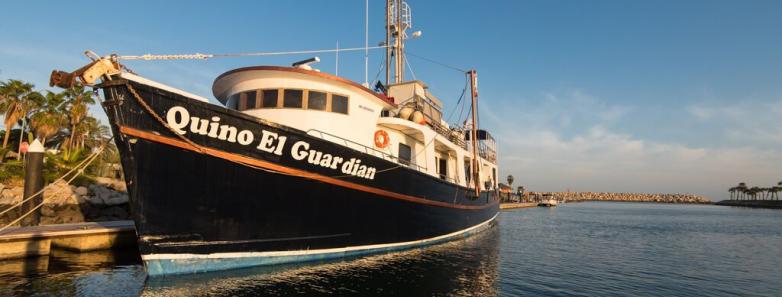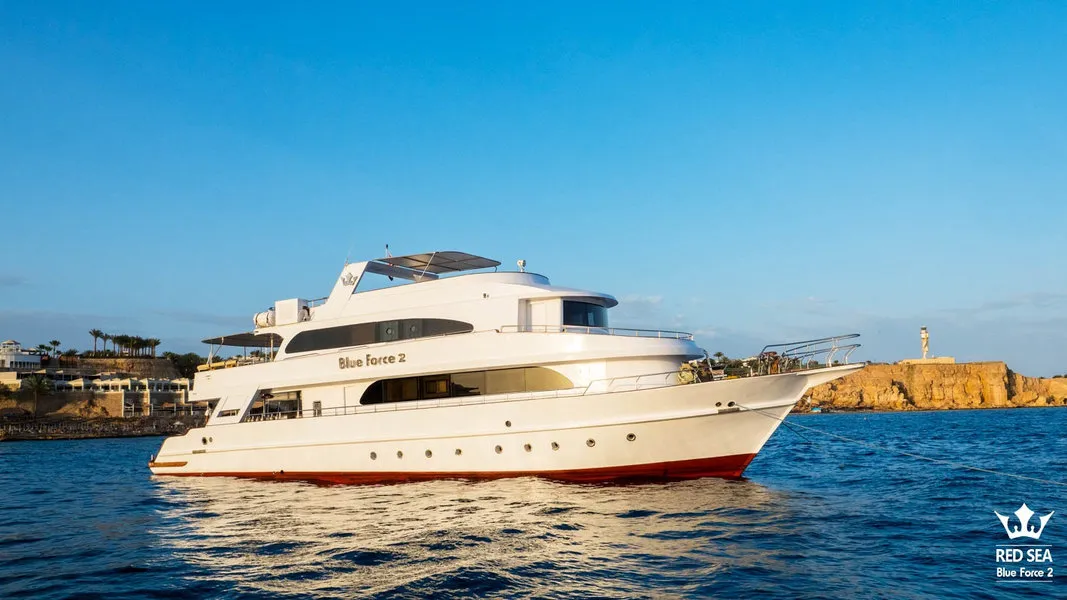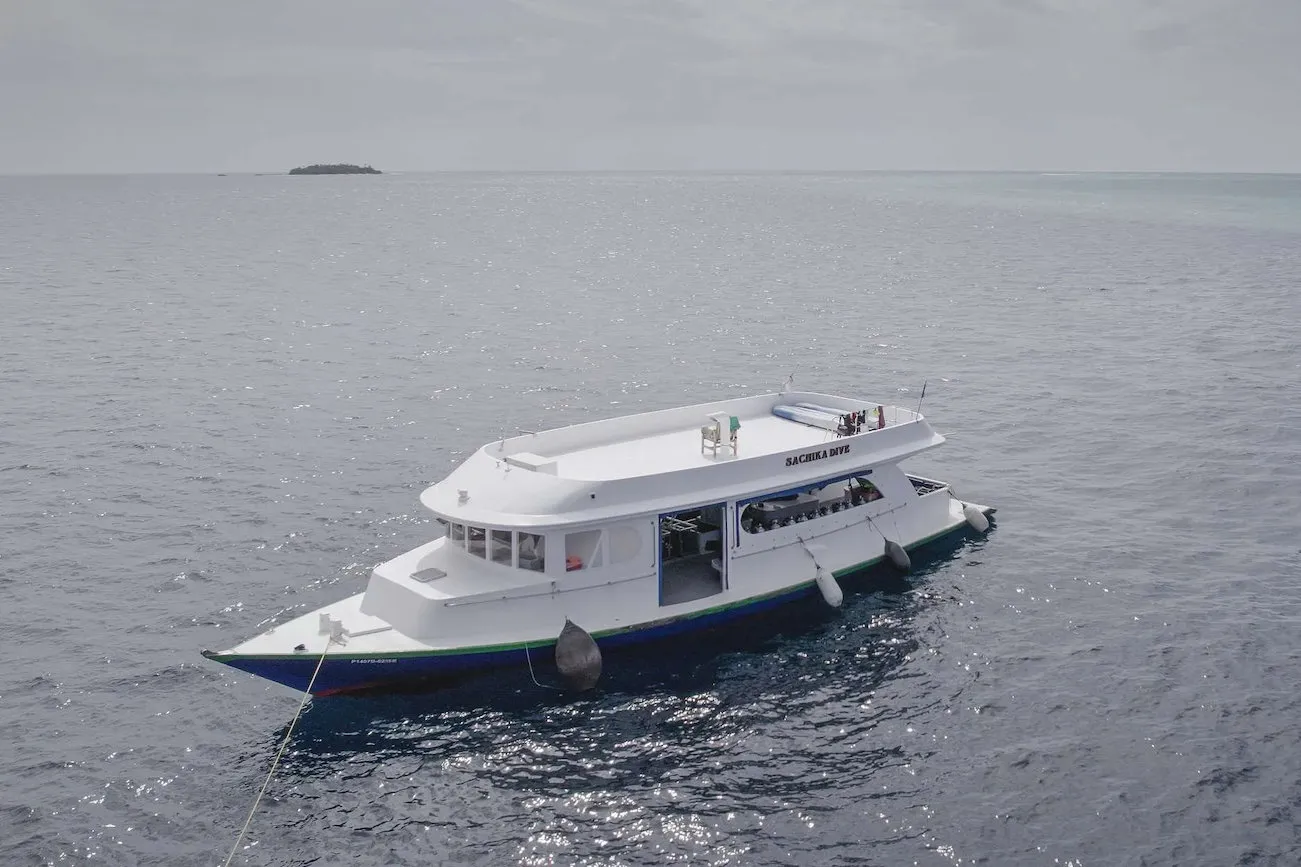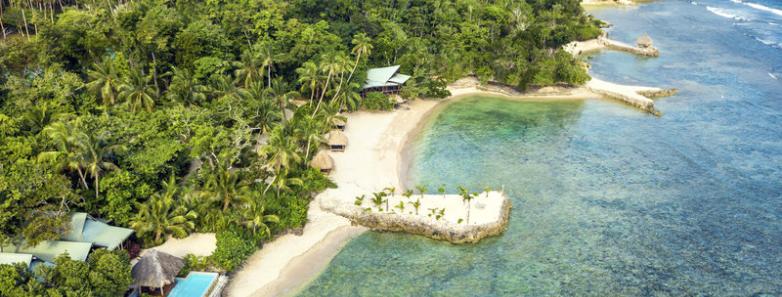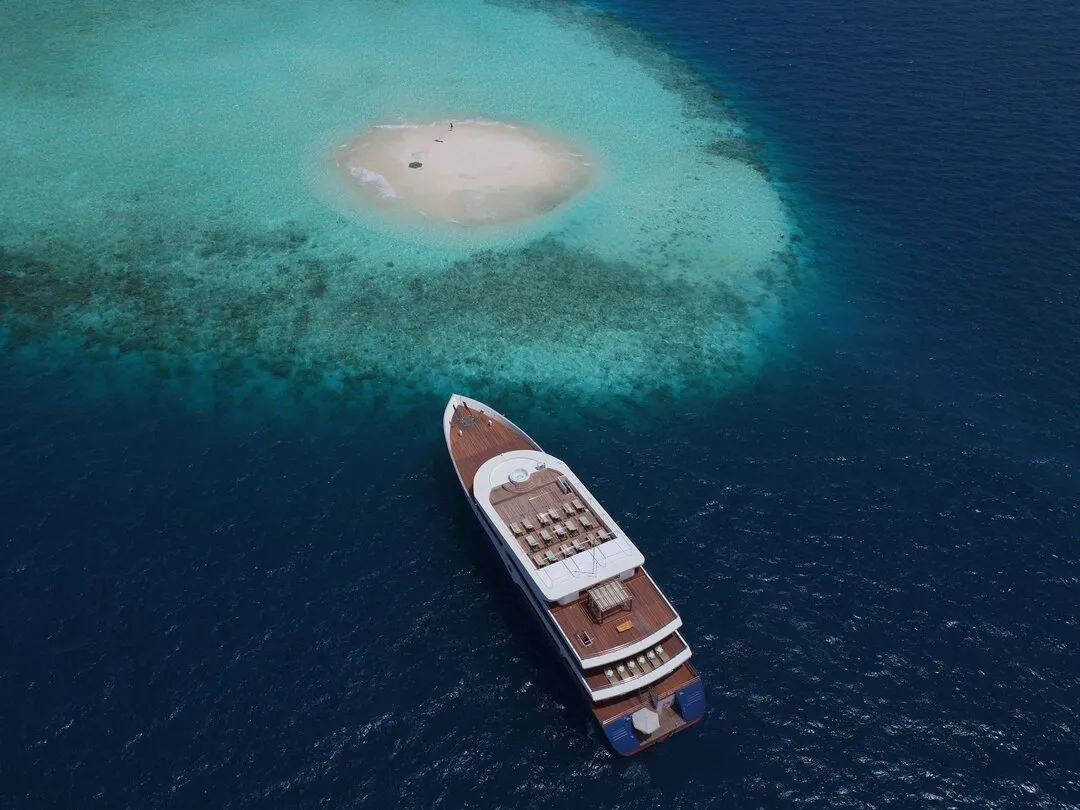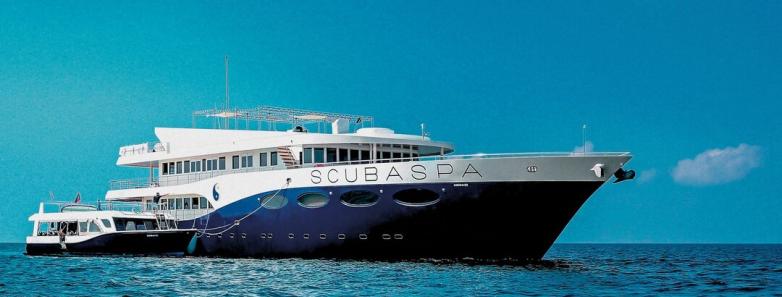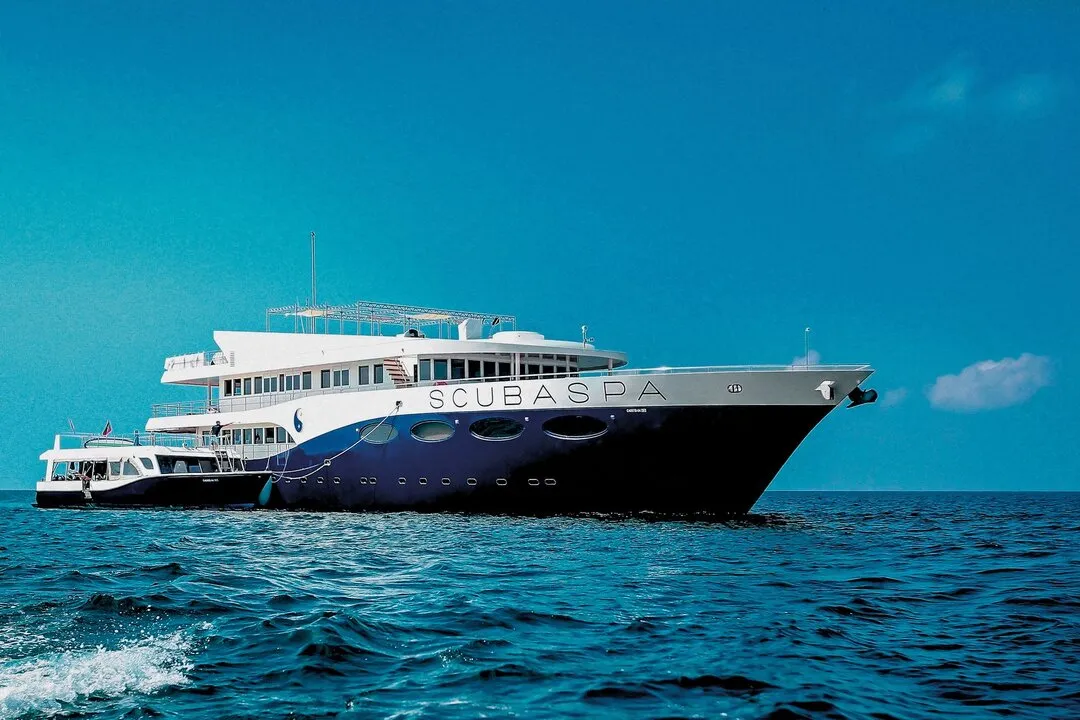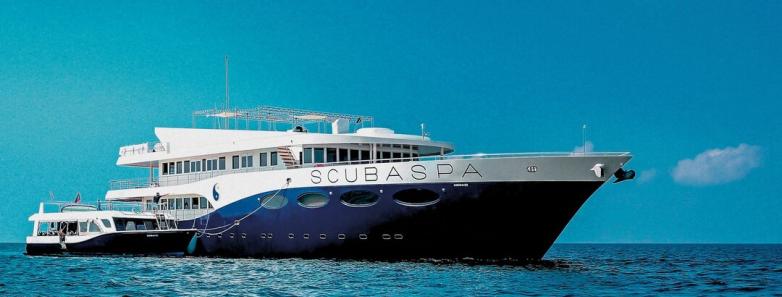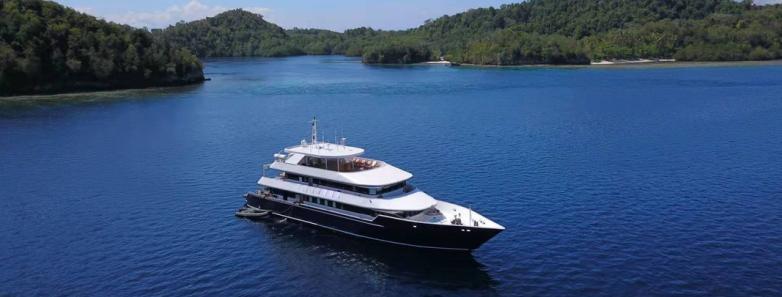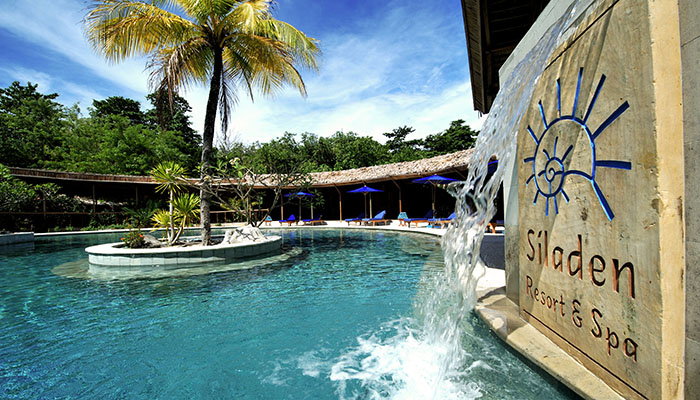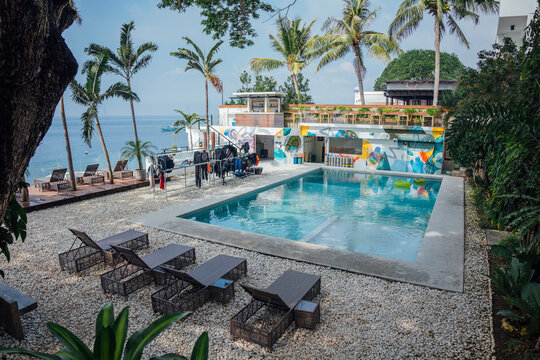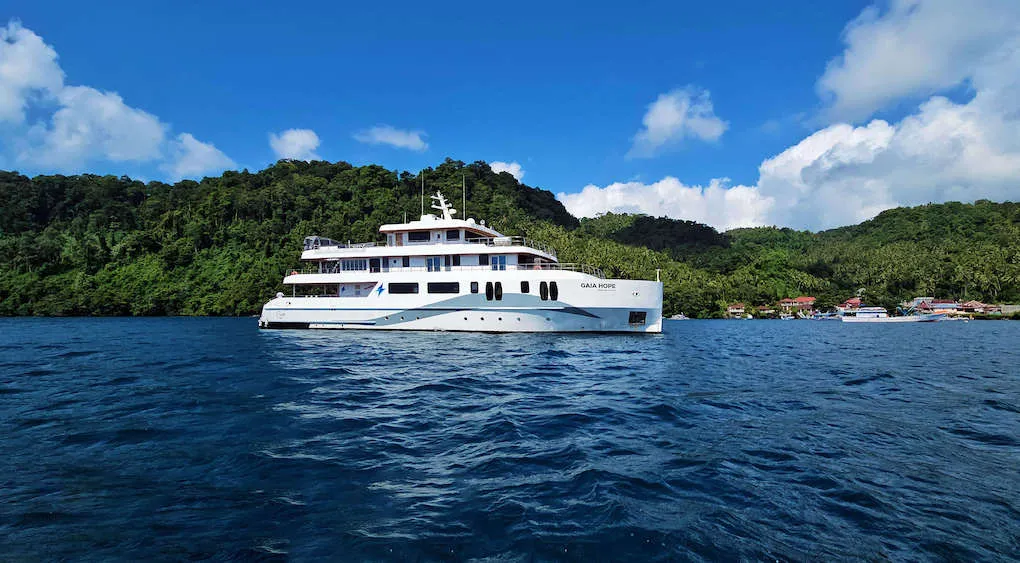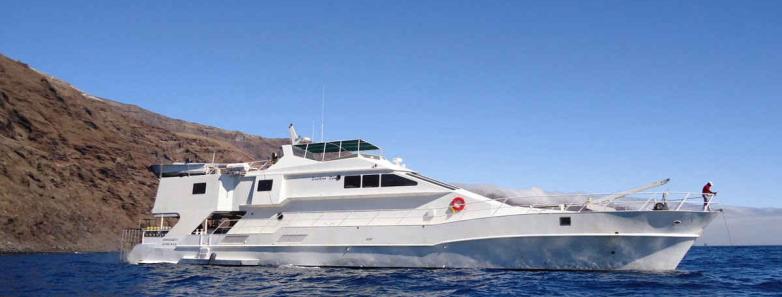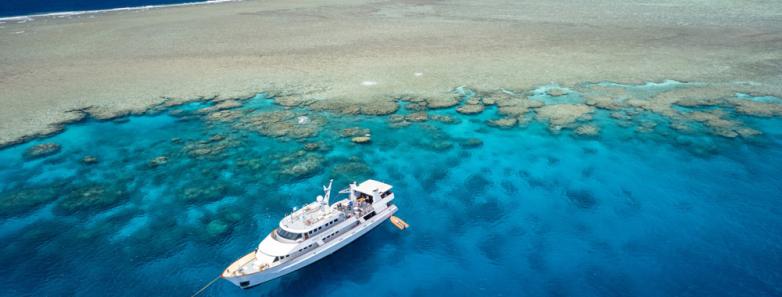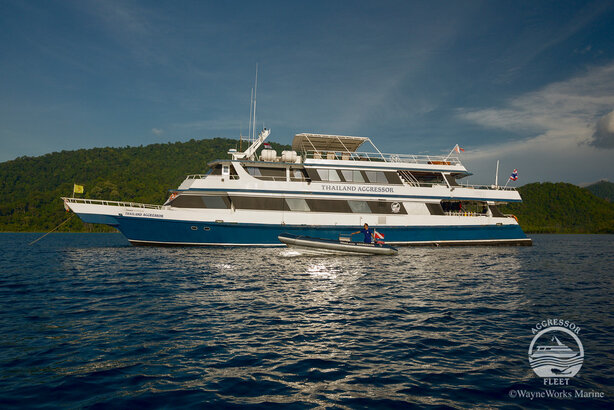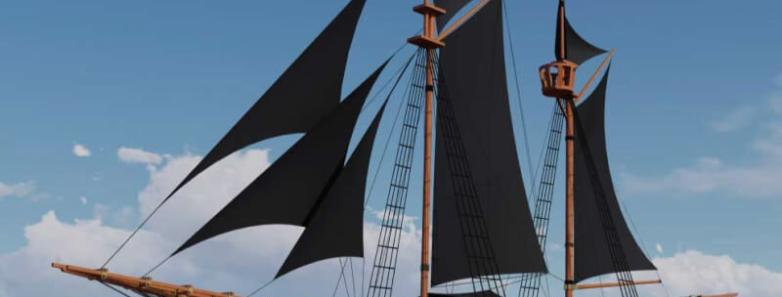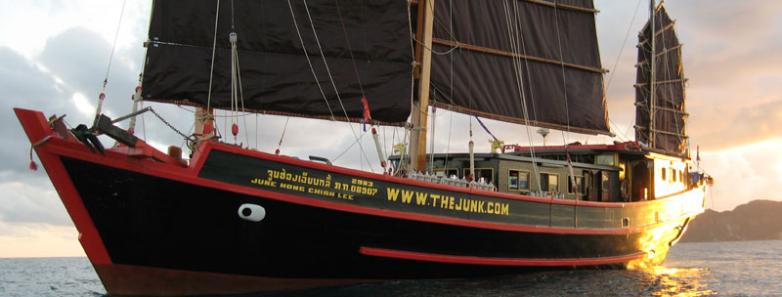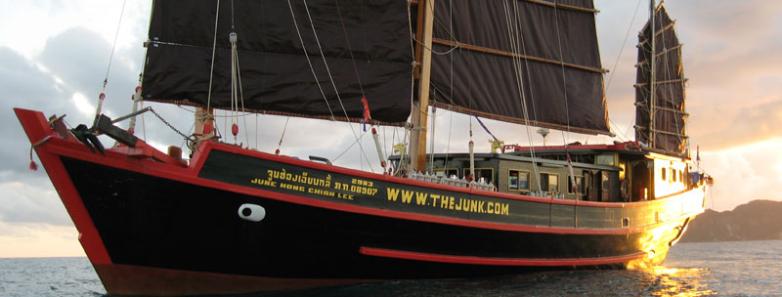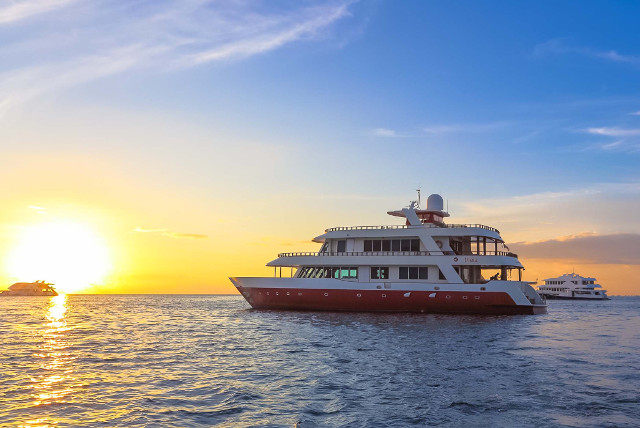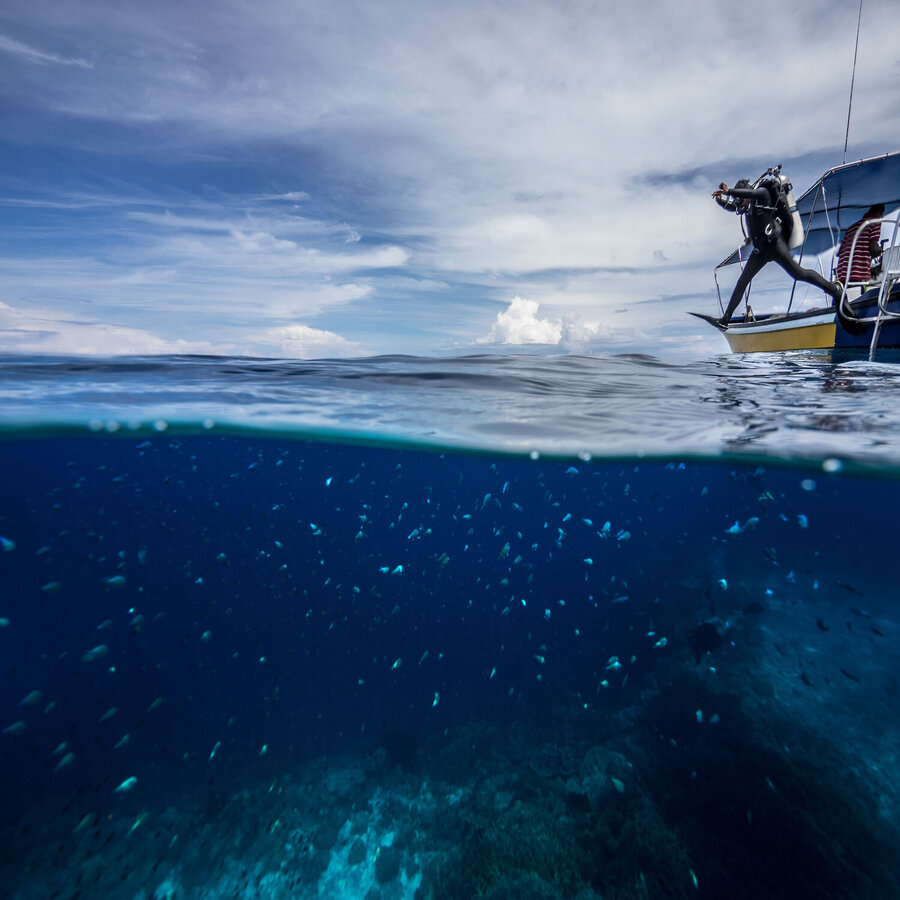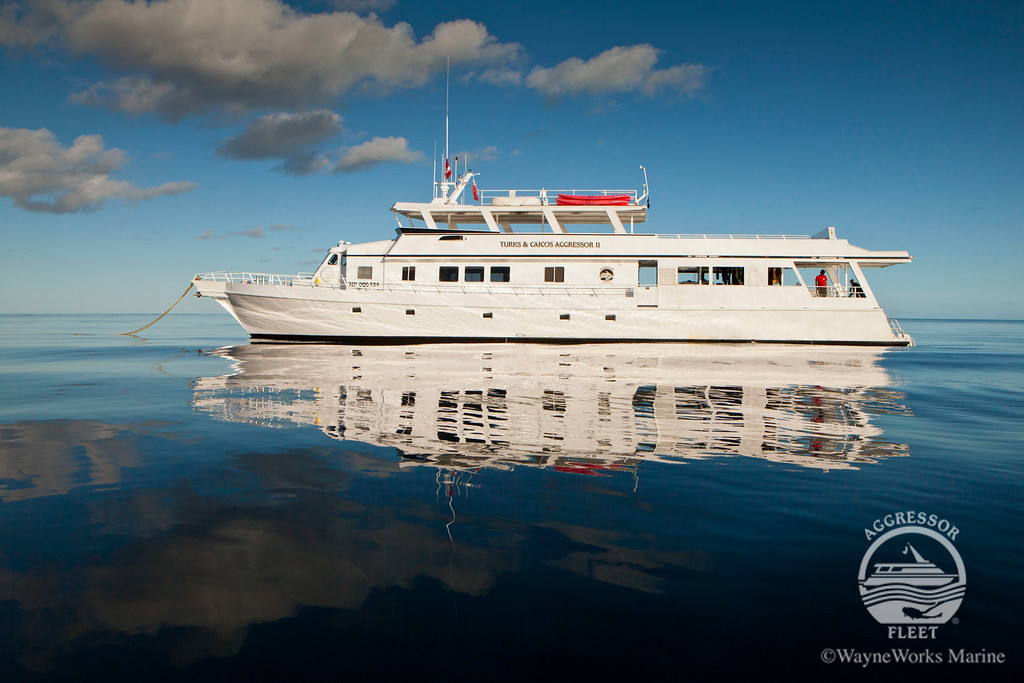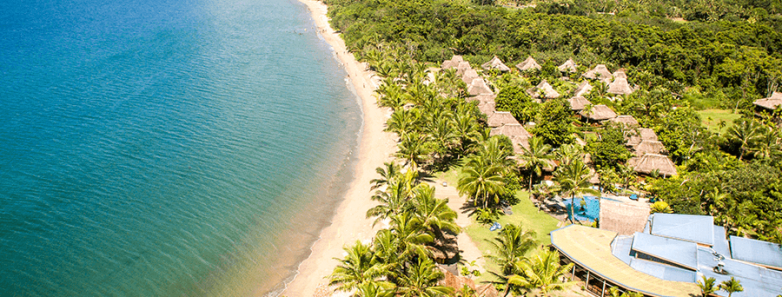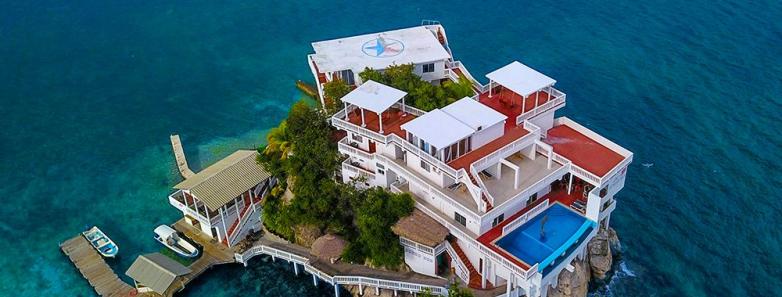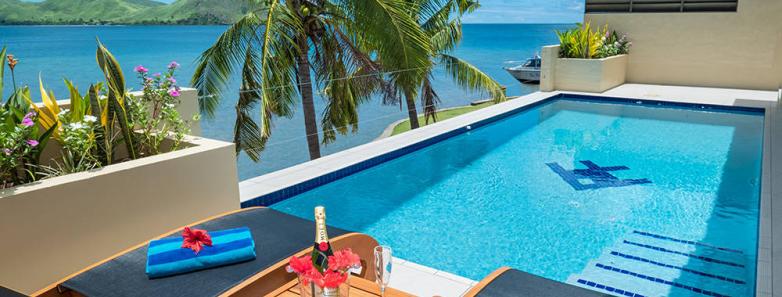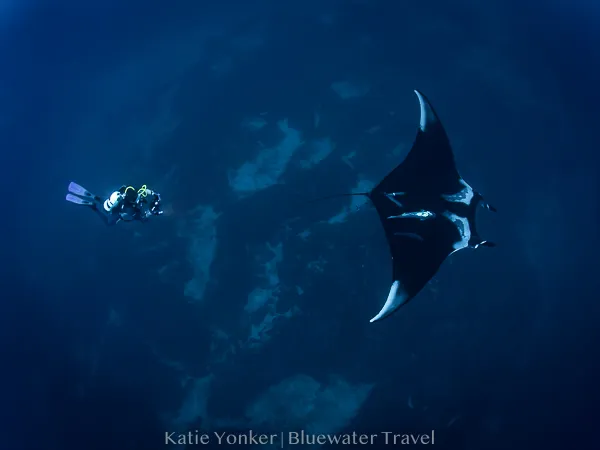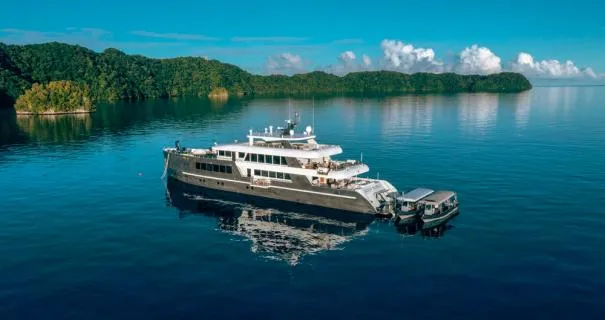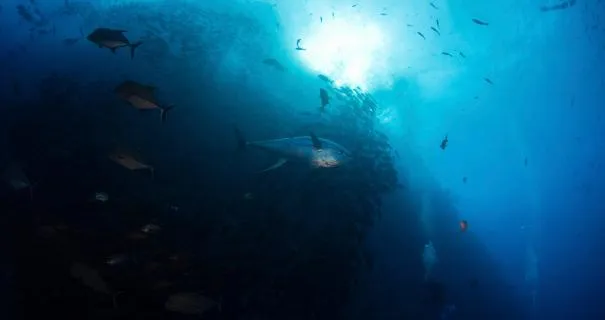Red Sea
Scuba diving in the Red Sea offers divers some of the world's most beautiful coral reefs, plentiful marine life, and highly diverse sites to dive.
Average flight time from LAX
16 hours
Scuba Dive Level
All Levels
Visibility
16 to 131 feet (5 to 40 meters)
84°F / 29°C
Average Water Temperature
Tropical Fish
Wreck Diving
Scuba Diving In The Red Sea
Scuba Diving In The Red Sea & Egypt Highlights
As one of the seven wonders of the underwater world, the Red Sea & Egypt offer scuba divers some of the world's most beautiful coral reefs, plentiful marine life, and a wide variety of diverse dive sites. Both northern and southern Red Sea areas offer excellent diving, with the former offering amazing wrecks including the world-renowned SS Thistlegorm, and the latter, including the islands of Big Brother, Little Brother, and Daedalus, offering dramatic encounters with manta rays and various shark species.
Egypt's Red Sea Dive Resorts / Liveaboards
The Red Sea is a great destination for exploring, both from a resort or a liveaboard. Dive resorts are clustered around the northern towns of Sharm el Sheikh and Dahab, however, inshore reefs can get busy during peak tourist season. Most divers choose to explore the Red Sea by liveaboard, and this is the best option for avoiding the crowds and seeing as much as possible in a short time.
Intro To The Diving In The Red Sea
Located in the Middle East, the Red Sea is a northern offshoot of the Indian Ocean. While these bodies of water share many of the same habitats and marine life, the Red Sea has evolved to provide unique habitats for numerous endemic species. Due to little rainfall, high evaporation, and a relatively isolated location, the Red Sea has one of the world's highest rates of salinity. These same factors also provide excellent diving conditions, and the Red Sea boasts a phenomenal 360 dive days a year. Furthermore, the Red Sea has few river tributaries feeding into it, which means limited microalgae allowing excellent visibility.
The Red Sea is easily accessed from Europe; the main tourist hubs are centered around the north and the crowds thin as you explore further south. While there are small resort areas in Israel, Jordan, and the United Arab Emirates, the vast majority of scubadiving in the Red Sea is facilitated through Egypt and a handful of liveaboards in Sudan.
View Location on Google Map
When To Go Diving In The Red Sea
Scuba diving in the Red Sea is possible year-round, although many liveaboards take a break in January.
Red Sea Diving Information
Red Sea Dive Area
From north to south, here are some of the most popular dive areas visited by Red Sea liveaboards.You can access the Red Sea from Egypt, Saudi Arabia, Sudan, Eritrea or Yemen.
The North
The northern reaches of the Red Sea offer hugely varied diving and conditions suitable for all levels of diver. From world-class wrecks to colorful reefs teeming with life, this region is also home to exciting deep walls and drift dives, all of which can be accessed by day boat or liveaboard.
Liveaboards exploring the northern reaches generally depart from Hurghada or Sharm El Sheikh and head northeast through the shallow lagoons of El Gouna and the Straits of Gubal to explore the renowned Abu Nuhas reef, known as the Red Seas ship graveyard. Wrecks that appear regularly on liveaboard itineraries include the Carnatic, the Chrisola, and the Giannis D, known for her fascinating engine room. Dolphin House Reef is also a popular start or finish to a liveaboard trip, where a local pod of dolphins is sometimes encountered flitting between shallow coral heads on the white sandy seabed.
To the east, there is plenty to explore around the southern tip of the Sinai Peninsula, including the specially protected Ras Mohammed Marine Park, the wrecks of the world-famous SS Thistlegorm, and the wooden-hulled Dunraven. The reefs here are spectacular, teeming with life and healthy corals. Even though mild currents can be expected, sheltered sites favoring calm conditions make this an ideal destination for new divers. Northeast, in Dahab, is the famous Blue Hole dive site, known for the highest diver fatality rate.
Ras Ghareb
Although relatively unheard of on the Egyptian diving scene, the wrecks around Ras Ghareb in the Gulf of Suez are developing a reputation as exciting new dive spots, prime for exploration by divers who have had their fill of the standard northern itineraries. To date, four wrecks have been charted; the best known is the SS Scalar, a former WWII oil tanker. It is believed there are many more wrecks still to be discovered in this frontier location and the area is now starting to appear on northern liveaboard schedules.
Ras Mohammed Marine Park
One of the best protected marine areas in Egypt, Ras Mohammed Marine Park is located on the southern tip of the Sinai Peninsula where the Gulf of Aqaba and the Gulf of Suez meet. This 330 square mile area has been a national park since 1983 and boasts some of the Red Seas healthiest reef habitats. Medium to strong currents bring a variety of pelagic species in to mix with the local reef life, with steep drop-offs and walls adding drama to the diving.
Ras Mohammed is home to famous sites such as Shark & Yolanda Reefs, littered with bathroom porcelain from the Yolanda wreck, and Jackfish Alley where its not uncommon to spot barracuda, jack, and snapper lingering out in the blue. Both dives feature regularly on liveaboard itineraries, and they are accessible by day boat from Sharm el Sheikh.
Straits Of Tiran
On the eastern side of the Sinai Peninsula, the Straits of Tiran are an 18-mile stretch that separates the Red Sea and the Gulf of Aqaba. More suited to experienced divers, many sites feature strong currents and deep drop-offs in dramatic contrast to the shallow reefs and coral gardens of the west.
The four keys sites in Tiran are Jackson Reef, Woodhouse Reef, Thomas Reef, and Gordon Reef, named after the cartographers that first mapped them. Lined up across the strait, these four reefs are home to several wrecks, but are best known for exciting drift dives along colorful walls smothered in gorgonians, corals, and algae. Many small critters and fish can be spotted sheltering in cracks and crevices, while looking out into the blue may afford a lucky glimpse of a hammerhead or tiger shark.
A popular stop on many liveaboard itineraries, these sites are also within day-trip distance of Sharm el-sheik, and so become very busy during peak season.
The Brothers Islands, Daedalus Reef, And Elphinstone Reef
Sixty miles from shore, the two small pinnacles that make up The Brothers offer legendary pelagic diving and are a highlight on many liveaboard itineraries. Both islands feature sheer walls and deep drop-offs covered in dense populations of hard and soft coral, huge gorgonians, and vast schools of anthias, glassfish, and sweepers. Little Brother plateau is a fantastic dive for shark sightings, promising a good chance for spotting oceanic whitetips, threshers, silky, and the occasional hammerhead shark. Big Brother Island also boasts two wrecks that are now vibrant artificial reefs covered in colorful corals and swimming in bright anthias. The Brothers are only accessible via liveaboard from Hurghada or Marsa Alam.
Elphinstone Reef is known for its rich diversity of marine life, huge gorgonian fans, and sea whips characterizing the reef plateau. It covers a quarter-mile lying from north to south off the coast of Marsa Alam and is easily accessible by day boats and liveaboards. At each end of the reef system, wide plateaus reaching a depth of 131ft are covered in corals and Cnidaria, and feature hunting barracuda, giant trevally, and reef sharks. The southern point is popular with oceanic whitetips, especially between October and December. Elphinstones Eastern Wall offers some awesome drift wall diving, while the Western Wall features steep ledges and caverns, home to titan triggerfish, soldierfish, and squirrelfish.
Farthest south, Daedalus Reef is an isolated outpost 50 miles from the nearest coast, sporting pristine reefs along its steep walls. At the islands northern tip, large schools of hammerheads are not uncommon in the strong currents, with trevallies and tuna also making regular appearances. The southern tip is also known for occasional thresher shark sightings. Similar to The Brothers, Daedalus is only accessible by liveaboard from Marsa Alam.
All three sites are best suited to experienced divers as they have strong currents and deep drop-offs. The open-ocean locations of The Brothers and Daedalus mean rough surface conditions and surge can often be a contributing factor.
The Deep South
The most southerly of the Egyptian Red Sea areas, referred to as the Deep South, features relaxed and very varied diving on colorful reefs with plenty of marine and macro life. Roughly speaking, the Deep South can be split into three key areas; Fury Shoals, Zabargad and Rocky Islands, and St. Johns Reef.
The vast reef and plateau system of Fury Shoals offers a plethora of gentle drift dives through abundant coral gardens featuring turtles, dolphins, sharks, and bumphead parrotfish. Depths ranging from 30 to 120ft offer diving for all abilities, with some wrecks, caves, and the chance of spotting a hammerhead shark if conditions are favorable. Sometimes dived from day boats out of Hamata, Fury Shoals is usually visited via liveaboard on itineraries out of Marsa Alam.
Just south of the Tropic of Cancer, turquoise blue lagoons feature a multitude of wildlife both above and below the surface of Zabargad and Rocky Islands. Sitting around 50 miles from the town of Berenice, both islands are surrounded by shallow fringing reefs covered in healthy corals, sea fans and stunning black coral trees. Zabargad is home to the Russian Wreck thought to be The Khanka, while Rockys strong currents attract a wide range of pelagics such as sharks, dolphins, manta rays, and turtles.
Right on the border with Sudan, the St. Johns Reef system is isolated, unexplored, and in excellent condition. Underwater topography features caves, tunnels, and overhangs smothered in a patchwork of soft corals and patrolled by schooling pelagics. Best explored by liveaboard, strong winds from October to April can sometimes cause choppy surface conditions.
Sudan
Diving in the Sudanese Red Sea is wild and relatively untouched, with far fewer visitors exploring these exotic waters. Pristine reefs, huge shoals of fish, and plentiful pelagics attract experienced divers who are seeking a step up from the Egyptian itineraries. There is also an interesting mix of unusual topography including huge coral pinnacles, caves, and mysterious drop-offs. Additional challenges like deeper dives and wreck penetrations are available. Diving in the Sudanese Red Sea is almost exclusively from liveaboards departing from Port Sudan or Marsa Alam in Egypt.
Red Sea's Best Diving Spots
See the top 10 dive sites in the Red Sea or read the entire list:
- SS Thistlegorm
- Blue Hole
- The Brothers
- Shark and Yolanda Reef
- Jackson Reef
- Fury Shoals
- Ras Mohammed
- Elphinstone Reef
- Abu Dabbab
- Dunraven Wreck
1. SS Thistlegorm
When scuba diving the Red Sea, you must not miss diving the SS Thistlegorm wreck. It is without a doubt one of the best wrecks to dive and also a favorite dive spot for many scuba divers. One of the most exciting parts of this wreck is that it still holds military supplies and you can see things like motorbikes, ammunition, guns or even wellington boots. The structure itself is very interesting but also the hard and soft coral formed have brought some macro objects with it.
2. Blue Hole
Even though the Blue Hole in Dahab is notoriously known as the dive site with a high diver fatality rate, it is also an incredibly beautiful dive site. This deep sinkhole with a huge drop is rich with marine life and beautiful corals. The water is very calm and visibility is usually excellent.
3. The Brothers
The two islands, the Little Brother Island and the Big Brother Island are offering some unforgettable diving. You can spot a variety of marine life like barracudas, colorful reef fish, tuna, trevallies, and even manta rays. Many shark species, especially around the Big Brother Island, can be encountered here as well.
4. The Shark and Yolanda Reef
These two dive sites are often dived as one and both equally spectacular. The shark reef has amazing marine life while the Yolanda Reef is home to a sunken merchant ship. Combining the beautiful reefs with an exciting wreck makes up a memorable dive site.
5. Jackson Reef
Home to a shipwreck named Lara and to some of the best coral gardens, this site must not be missed. You can spot big pelagics like jackfish, tuna, or barracuda or macro objects like anemonefish and butterflyfish.
6. Fury Shoals
Some of the most pristine reefs in the Red Sea can be found here. Fury Shoals has a mix of hard and soft coral and excellent marine life including various shark species. The dive spot is also known for spotting dolphins.
7. Ras Mohammed
The Ras Mohammed National Park has been declared a protected area and offers some of the best scuba diving in the Red Sea. Beautiful coral reefs with overhangs, big pelagics and various shark species and numerous reef fish all can be seen here.
8. Elphinstone Reef
This dive site is known for some great drift and wall diving, healthy reefs and even some caverns. Colorful soft corals cover the walls that are surrounded by a variety of fish.
9. Abu Dabbab
Abu Dabbab is one of the very few places where you can dive with dugongs which also makes this spot very famous. Besides the rare sea cows, scuba divers can also see turtles, ghost pipefish, guitar shark and seahorses.
10. Dunraven Wreck
Red Sea Diving is known for excellent wrecks, thus the list must end with another fantastic wreck dive site. What makes this wreck special is that it lies upside down. It is easy to explore and you can find beautiful black coral among some moray eels.
Marine Life And Photography Subjects
Scuba diving in the Red Sea boasts a prolific marine life, home to over a thousand fish species, one-fifth of which exist exclusively in this body of water. The regions extremely sunny conditions are ideal for coral growth, and over 200 soft and hard corals can be found in extensive gardens lining the Red Seas shallow shelves. Beyond these lively reefs, the median central trench drops to depths of over 7000 feet, facilitating a water circulation system that supports a healthy marine environment.
Outer pinnacles and islands such as The Brothers and Daedalus are a magnet for big pelagic animals including manta rays, dolphins, and several shark species. Oceanic whitetips, hammerheads, and threshers can all be spotted alongside healthy reef shark populations.
For those looking to photograph wrecks, the Red Sea has the full range, from traditional wooden-hulled sailing vessels to iron steamships and even a modern liveaboard. These have been overgrown by the Red Seas abundant marine life, adding variety and drama to the already exciting reef system.
Where is the Best Diving in the Red Sea
One of the great things about the Red Sea is the variety of diving on offer. And so the best diving in the Red Sea depends on what you enjoy. Our favorite area is in the north around Ras Mohammed National Park. Dramatic walls and sloping reefs are festooned in gorgonians and topped by coral gardens, while huge quantities of small fish life seem to explode with color in the mild to medium currents. There is less chance of spotting larger visitors here, but the sheer quantity of life is exceptional. Ras Mohammed is one of the most accessible dive areas in the Red Sea. It is visited by the day boats from Sharm and is also on the itinerary of most northern liveaboard cruises.
Typical Dive In The Red Sea
Shore dives from the northern dive resorts and beaches are generally organized by the in-house resort dive centers, and many offer unlimited diving on their house reef. Day trips out to Ras Mohammed and Tiran tend to involve two or three dives from a large day boat, often at busy sites with a lot of other divers and snorkelers.
Many divers opt for a liveaboard trip which gives better access to remote areas making the most of the quieter times of the day. Dives are generally from the back of the liveaboard or from tenders which take divers close to the reefs. Many Red Sea dives are drift dives, so the use of an SMB is mandatory.
Diving Conditions
- Water temperature: Temperatures in the Red Sea reach 84F (29C) in the summer months, with temperatures as low as 70F (21C) in the cooler months
- Visibility: Visibility is excellent, reaching up to 200 feet (60m)
- Depth Range: 16-131ft (5-40m)
- Diving Difficulty: Suitable for all levels
Best Time To Go Diving In The Red Sea
Diving in the Red Sea is possible year-round. However, March to May and September to November are often cited as the best times to add some diving into an Egypt Itinerary. Topside weather conditions are comfortable and the sea temperature isnt too cold during these months, but this also attracts many other tourists, and dive sites can be extremely busy.
During June, July, and August, uncomfortably hot topside temperatures mean resorts are quieter, but it's still worth considering since you may encounter hammerhead sharks on the outer sites.
How To Get To The Red Sea
There are regular flights directly to Egypt's Sharm El-Sheikh International Airport (SSH) from the UK and other European hubs, and some direct flights from the US. To reach Hurghada or Marsa Alam where many liveaboards depart from, it may be easier to connect at Cairo International Airport (CAI).
How To Dive The Red Sea
There are hundreds of tourist resorts around the northern Sinai coast, in particular from Sharm el Sheikh north up to Dahab in Egypt that will suit all types of people looking to go diving in the Red Sea. Many beachfront resorts have great house reefs and offer day-trips out to Ras Mohammed Marine Park, but day boats tend to get very busy in peak season.
The Red Sea diving is known for its wide range of high-end yet affordable dive liveaboards, offering a wide variety of itineraries. Similar to the Maldives, you can enjoy luxurious amenities at a lower price than you might find in other world-class dive destinations. Also, there are a good number of budget liveaboards that still maintain comfortable accommodations and excellent service at lower rates. To give you an idea, almost all liveaboards in the Red Sea cost around $150/night or less.
Most liveaboards depart from the Egyptian ports of Hurghada or Marsa Alam (Port Ghalib), however, it is also possible to dive the Sudanese coastline, departing from Port Sudan. The Red Sea is diveable year-round, with liveaboard boats taking a break in January when the water is at its coldest.
Other Things To Do In Egypt And The Red Sea
As a popular tourist destination, there is a huge range of top-side activities to suit all tastes in Egypt. From shopping and dining, cultural excursions, camel rides, desert trips, and sight-seeing, a plethora of watersports, the options are endless. Staying on an extra week or so to tour around the ancient sites of Cairo and Luxor is also highly recommended.
How Safe Is Red Sea Diving
Just as the Caribbean is a popular short-haul destination from the US, the Red Sea is the go to dive destination for the majority of European and Russian divers. Egypt has a well-established dive infrastructure with hundreds of liveaboards and many dive resorts offering well-run dive operations. Scuba diving in the Red Sea,particularlyEgypt, is governed by extremely strict laws governing dive safety and boat operations and the local guides and Divemasters are experienced and well-trained.
Do I Need A Wetsuit To Go Diving In Red Sea?
The short answer is yes. Water temperatures range from the low 70s through to the low to mid-80s, but with repetitive diving and some deeper dives most divers will start to feel cold in anything less than a 5mm in winter or a 3mm in summer. It can also be breezy between dives and so good thermal protection is advised.
Red Sea Diving Packages
The best way to dive the Red Sea is by liveaboard. However, if you would prefer to be resort-based we also have some great packages and land-extensions available.
Red Sea Liveaboards
Red Sea diving liveaboards offer some of the best value for money anywhere in the world. There is a huge variety to choose from, ranging from affordable, budget boats through to exclusive luxury options. And boat sizes vary too, from small 6 or 8 berth up to larger 24 or 32 berth boats. Diving tends to be from small tenders that transport divers close into the reef and then pick them up again at the end of the dive.
Practical Information
- Currency: Egyptian Pound (EGP)
- Time Zone: Eastern European Standard Time (GMT+2)
- Electricity: 220 V
Fellow traveler's reviews
utinaolga
2 Reviews
Red Sea is one of greatest diving destinations I have experienced. Great visibility, warm water in the summer, diversity of marine life, amazing culture and of course very reasonable prices makes Red Sea a destination for repeated exploration. I dove Red Sea multiple times in the past, however, every time I come back there is always something new.
AnneR
3 Reviews
I recently had the chance to dive in the Red Sea, and it truly lived up to the hype. Though I only experienced St. Johns, the diving here was very enjoyable, and I’ve heard plenty about other incredible areas like the Northern Red Sea and the BDE itinerary that make this region so special. The coral reefs in St John's, the itinerary I went on, even though they suffered from the high temperatures in the summer, were very beautiful, full of vibrant colors and teeming with common marine life. We spent hours exploring the coral gardens, and the caverns of the area. While I didn’t dive the Northern Red Sea myself, I heard from the cruise director about the incredible wreck diving there, especially the famous Thistlegorm and Rosalie Moller wrecks. The area is also known for its playful dolphin pods, which is something I hope to experience next time I’m back. If you’re into sharks, the BDE itinerary is considered the sharkiest in the Red Sea. The area is known for encounters with everything from Oceanic Whitetips to Longimanus sharks. It’s a dream destination for any shark lover, and I can imagine how exhilarating it must be to dive there. One thing I’d advise for anyone diving the Red Sea in the winter months, particularly in mid-November, December, and even March, is to be prepared for the cold. The water temperature is usually around 25°C, but it feels a lot colder when you surface and the wind hits you. As a diver used to warmer waters, it can be quite a shock, so make sure to bring a thicker wetsuit or a drysuit. It’s definitely something I learned the hard way. If you’re planning a diving trip to the Red Sea, I highly recommend adding a land-based tour before or after your dive trip. I had the incredible opportunity to explore Cairo, Aswan, and Luxor on a Nile cruise, and it was an experience I’ll never forget. The historical sites, like the Pyramids of Giza and the temples of Luxor, were mind-blowing. It was the perfect way to combine the beauty of the underwater world with the rich history of Egypt. Overall, my time diving in the Red Sea was unforgettable. The marine life, the coral gardens and caverns of St. Johns, and the rich history of Egypt left me with memories I’ll cherish. If you’re planning a trip, just be sure to pack wisely for the colder temperatures, and don’t miss the chance to explore the wonders of Egypt above the water as well!
AnneR
1164 Reviews
I recently had the chance to dive in the Red Sea, and it truly lived up to the hype. Though I only experienced St. Johns, the diving here was very enjoyable, and I’ve heard plenty about other incredible areas like the Northern Red Sea and the BDE itinerary that make this region so special.The coral reefs in St John's, the itinerary I went on, even though they suffered from the high temperatures in the summer, were very beautiful, full of vibrant colors and teeming with common marine life. We spent hours exploring the coral gardens, and the caverns of the area.While I didn’t dive the Northern Red Sea myself, I heard from the cruise director about the incredible wreck diving there, especially the famous Thistlegorm and Rosalie Moller wrecks. The area is also known for its playful dolphin pods, which is something I hope to experience next time I’m back.If you’re into sharks, the BDE itinerary is considered the sharkiest in the Red Sea. The area is known for encounters with everything from Oceanic Whitetips to Longimanus sharks. It’s a dream destination for any shark lover, and I can imagine how exhilarating it must be to dive there.One thing I’d advise for anyone diving the Red Sea in the winter months, particularly in mid-November, December, and even March, is to be prepared for the cold. The water temperature is usually around 25°C, but it feels a lot colder when you surface and the wind hits you. As a diver used to warmer waters, it can be quite a shock, so make sure to bring a thicker wetsuit or a drysuit. It’s definitely something I learned the hard way.If you’re planning a diving trip to the Red Sea, I highly recommend adding a land-based tour before or after your dive trip. I had the incredible opportunity to explore Cairo, Aswan, and Luxor on a Nile cruise, and it was an experience I’ll never forget. The historical sites, like the Pyramids of Giza and the temples of Luxor, were mind-blowing. It was the perfect way to combine the beauty of the underwater world with the rich history of Egypt.Overall, my time diving in the Red Sea was unforgettable. The marine life, the coral gardens and caverns of St. Johns, and the rich history of Egypt left me with memories I’ll cherish. If you’re planning a trip, just be sure to pack wisely for the colder temperatures, and don’t miss the chance to explore the wonders of Egypt above the water as well!
utinaolga
1164 Reviews
Red Sea is one of greatest diving destinations I have experienced. Great visibility, warm water in the summer, diversity of marine life, amazing culture and of course very reasonable prices makes Red Sea a destination for repeated exploration. I dove Red Sea multiple times in the past, however, every time I come back there is always something new.
timyeo
1164 Reviews
This is my 2nd trip to the Red Sea and it didn’t disappoint again. I did both the southern itinerary for reefs and big animals and the northern itinerary for wrecks and it was one of the best 2 weeks of diving I’ve done.We did not see many sharks, or any mantas or whale sharks this time, but the reefs of the southern itinerary are some of the healthiest and most colorful in the world. Lots of massive soft coral gardens inhabited with all kinds of tropical reef fish. The best reefs are Brothers, Daedalus and Elphinstone and these can only be accessed via liveaboard.In the northern itinerary, there are so many wrecks that any wreck diving enthusiast will be very happy. The famous Thistlegorm wreck is the highlight, and the best way to dive it is from a liveaboard so you can plan the dives around the arrival of the multitude of day boats. The reefs in the north are also really nice with a mix of soft and hard corals and large gorgonian fans.Because most sites in the northern itinerary can also be dived from land-based resorts, the sites are more crowded than the southern itineraries.

DEALS & SPECIALS
Dive Into Our latest Red Sea Special Offers
All deals
RELATED ARTICLES
Stories Beneath The Waves
All articles

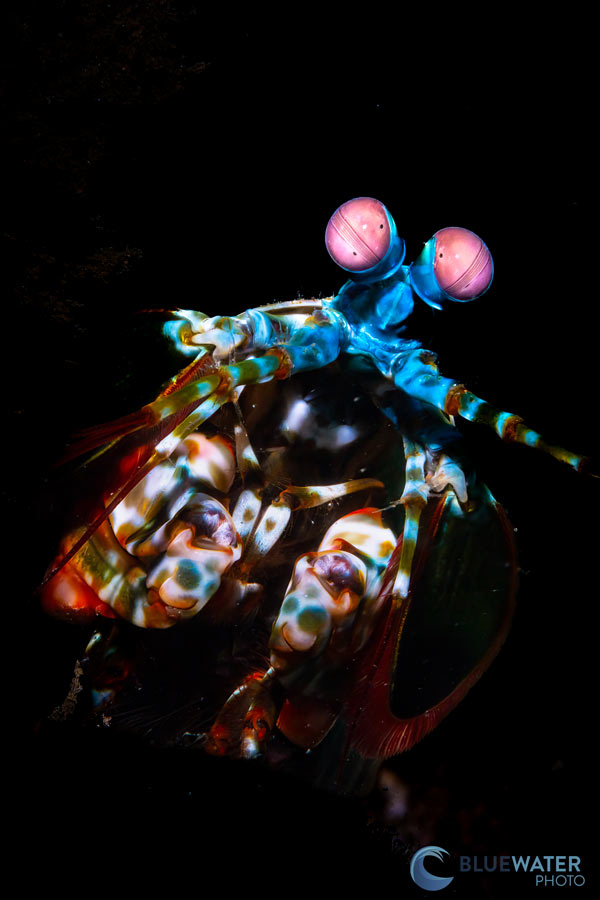












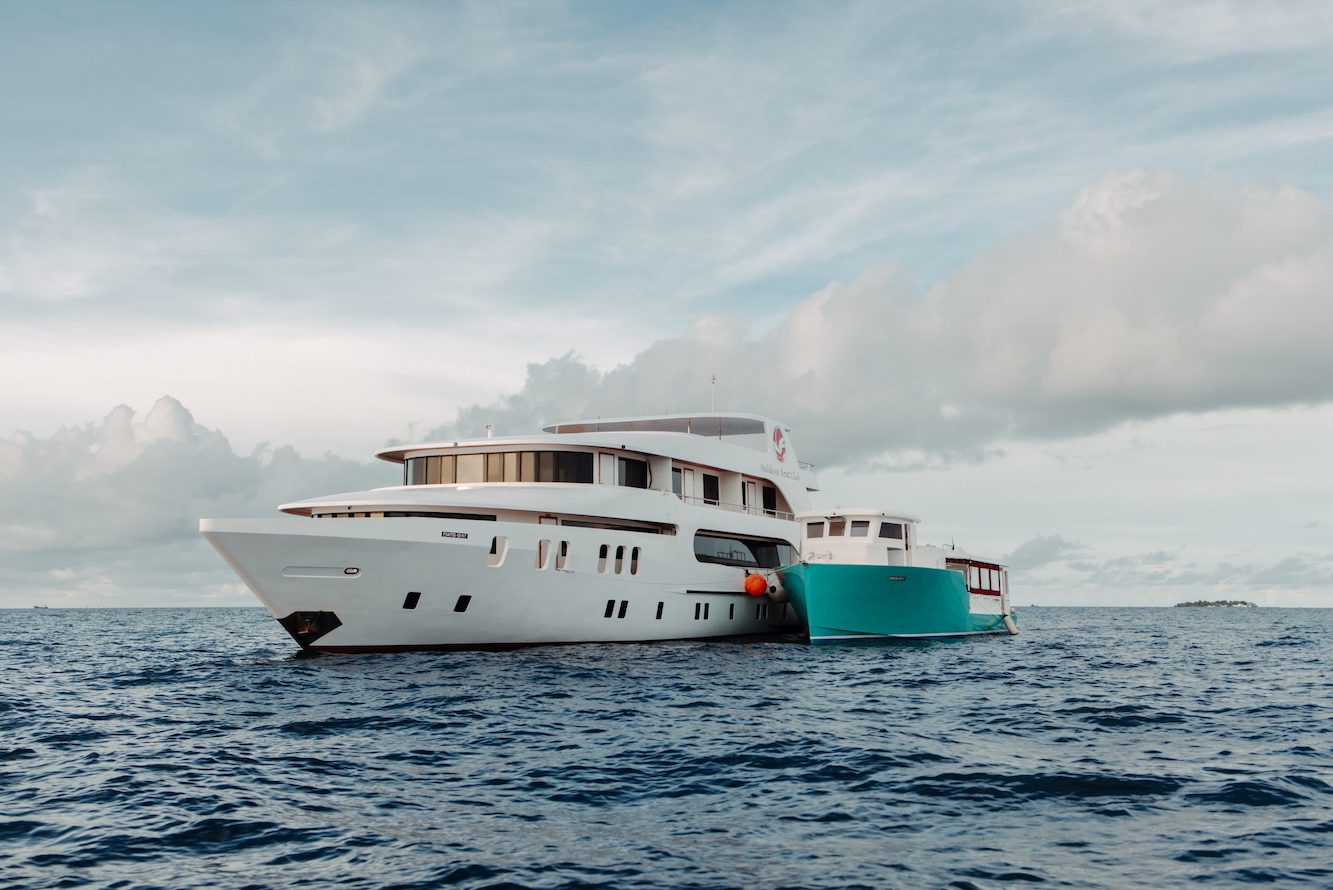
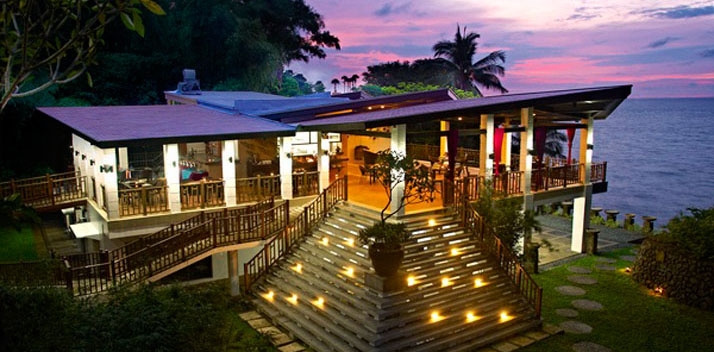


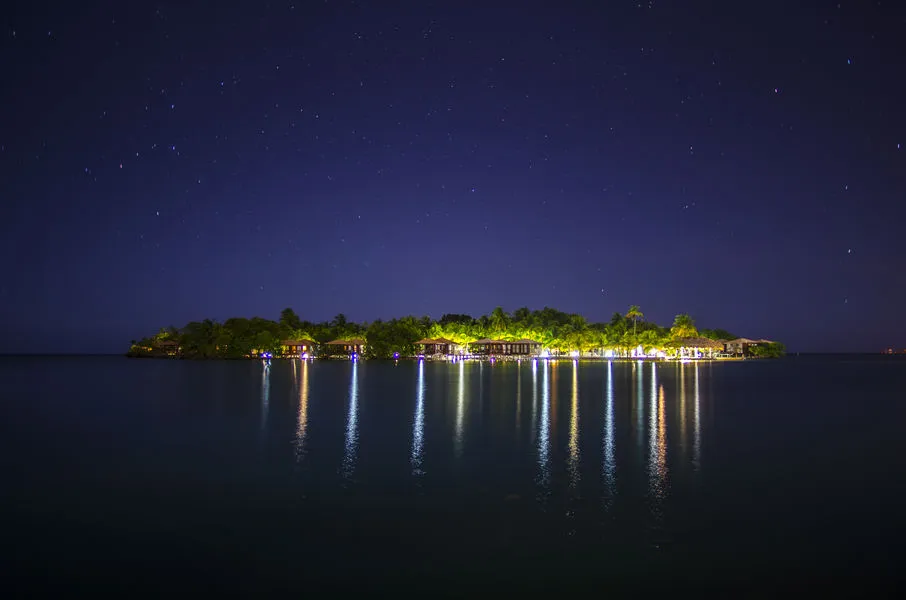
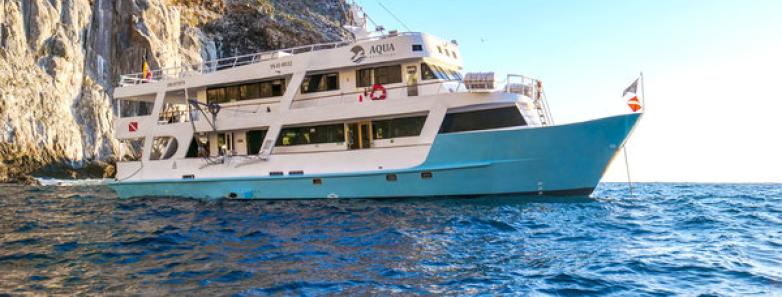
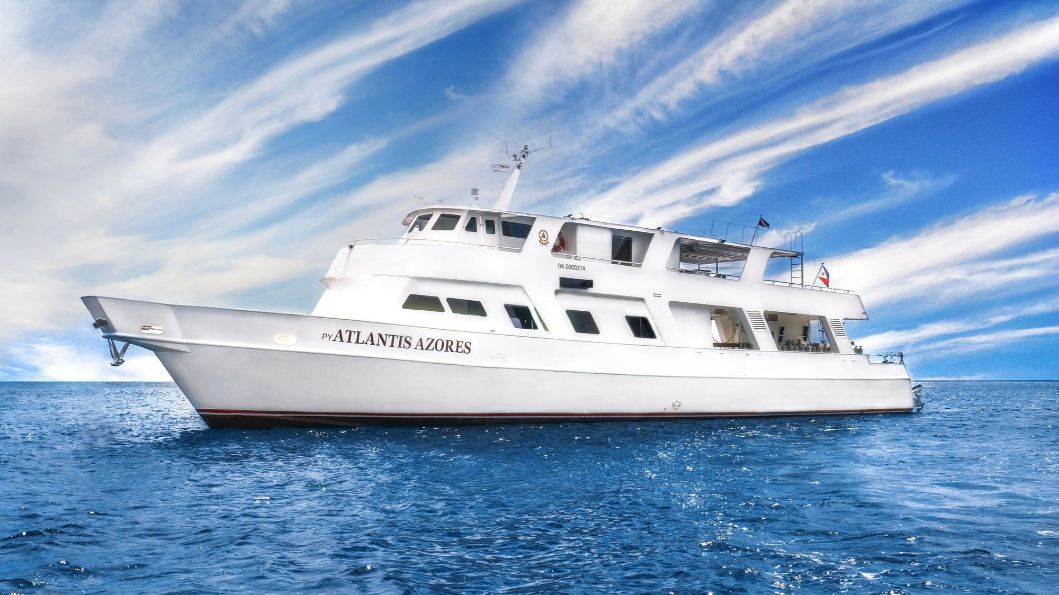
_1742377020.jpg)
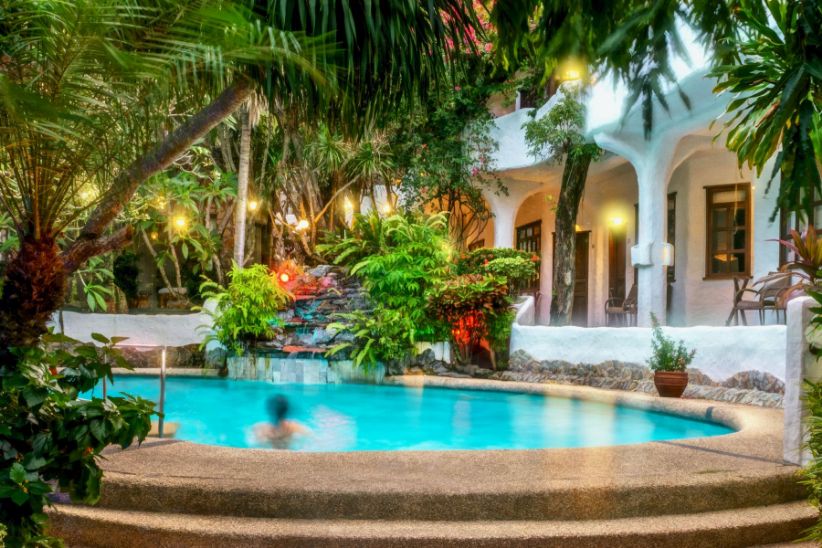
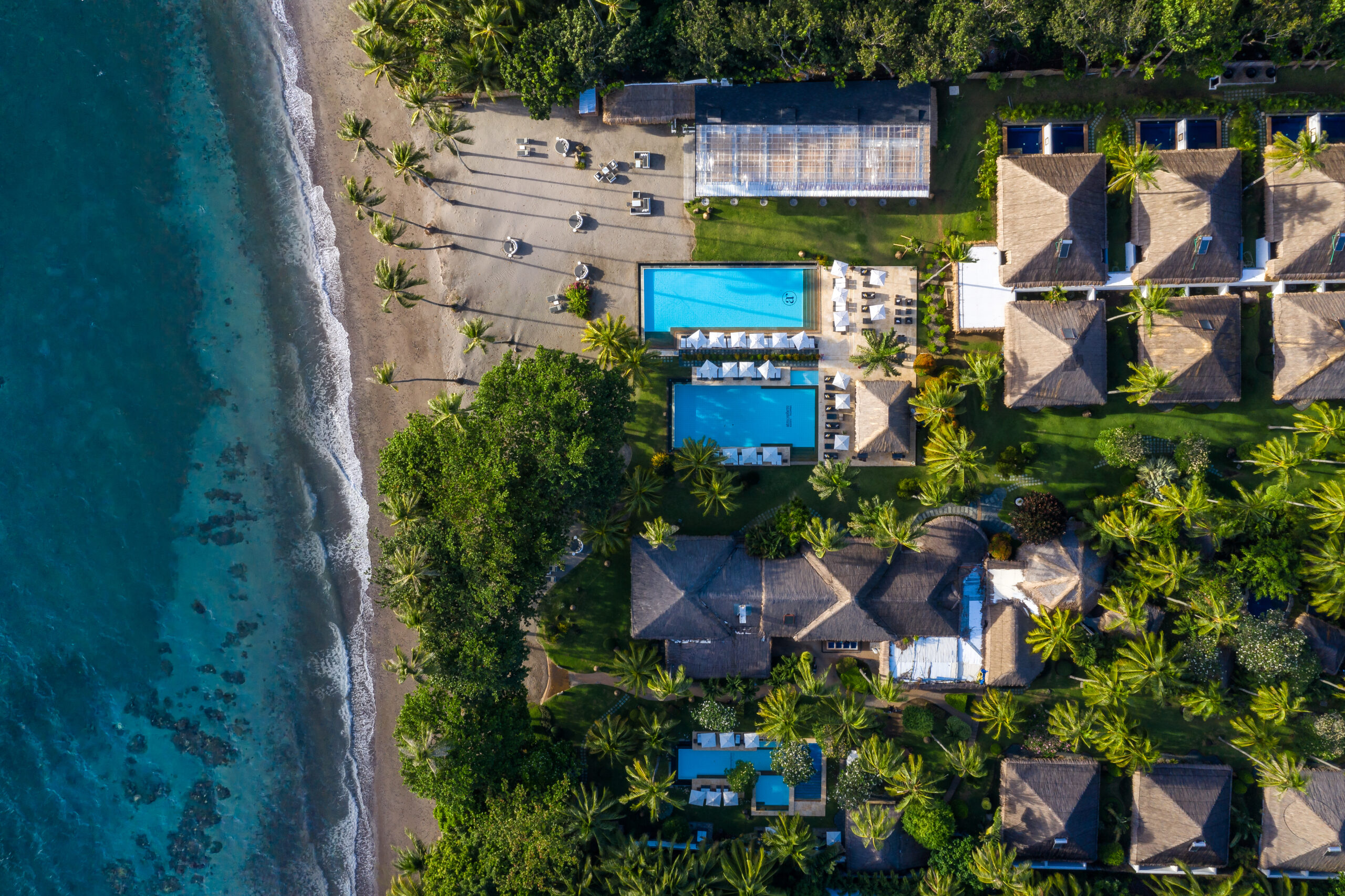
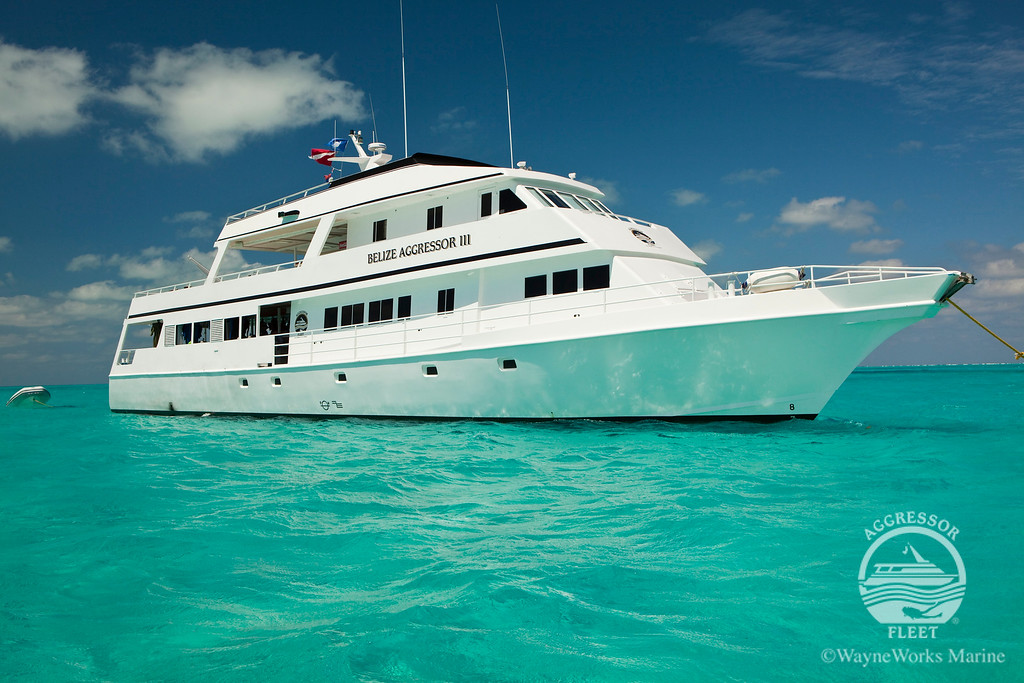
_1742825542.png)
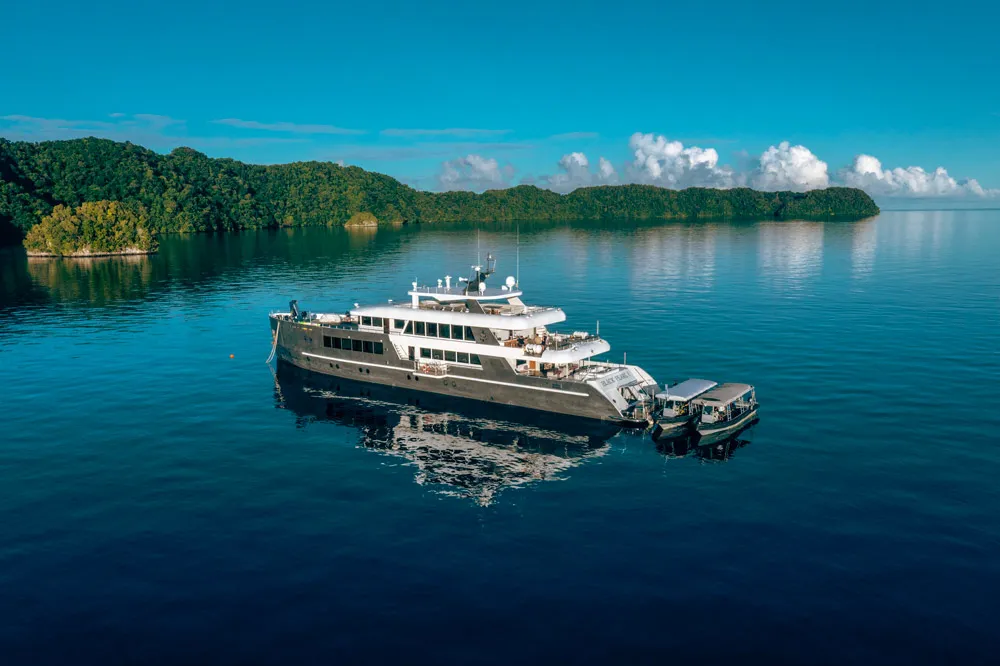
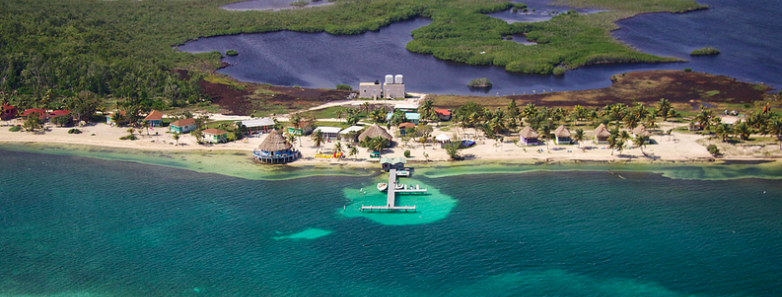
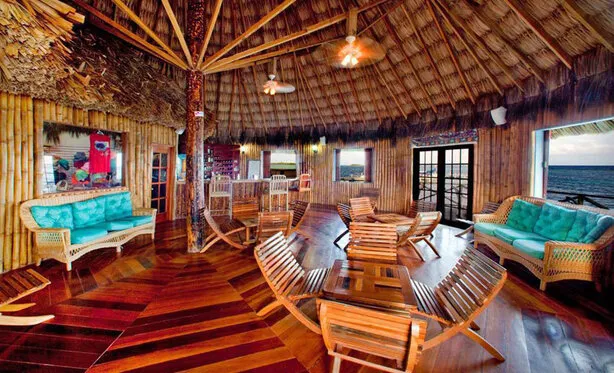
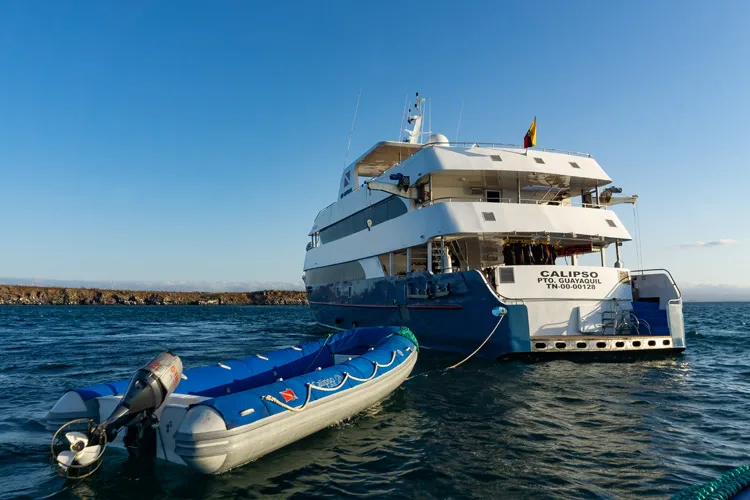
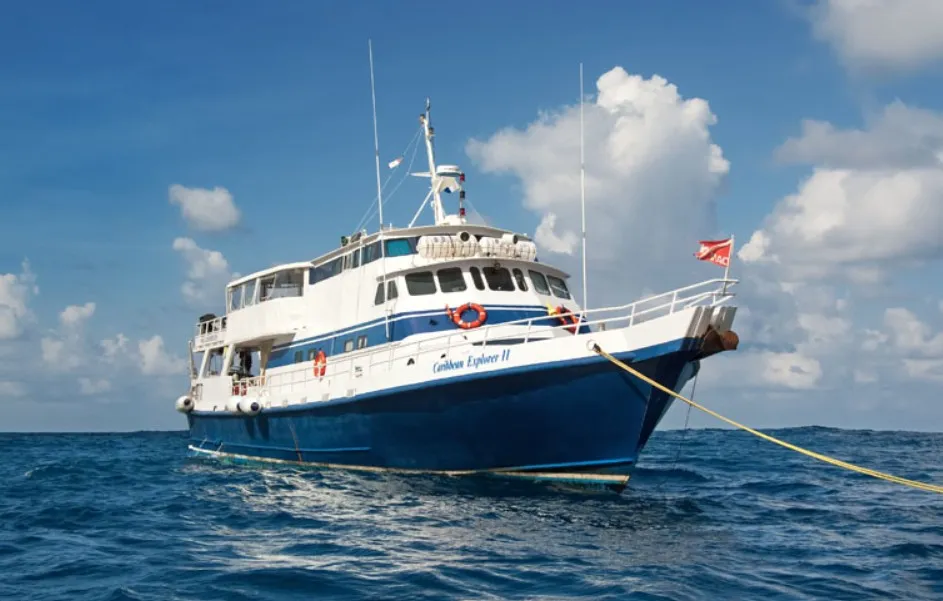
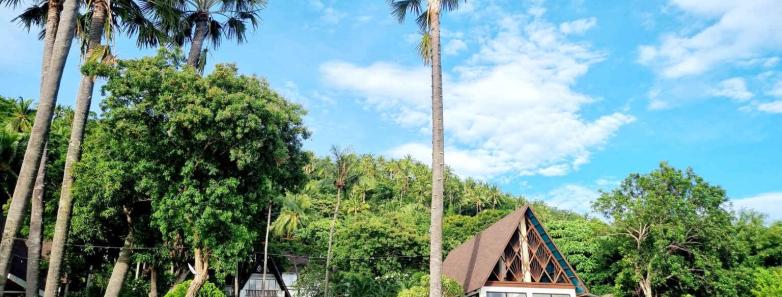
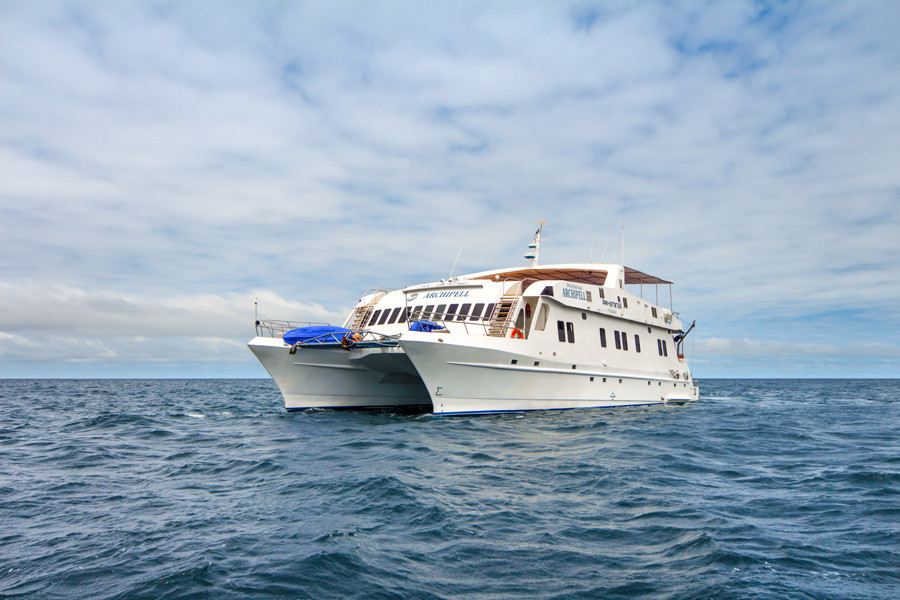




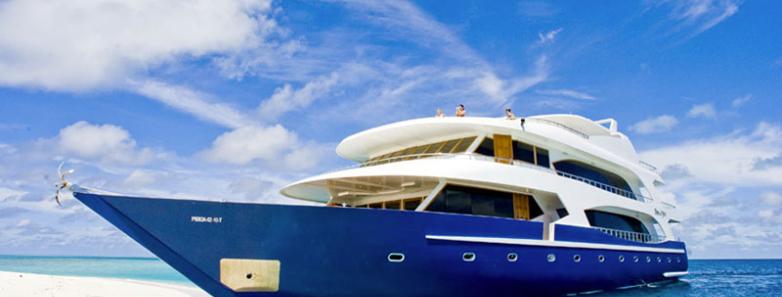
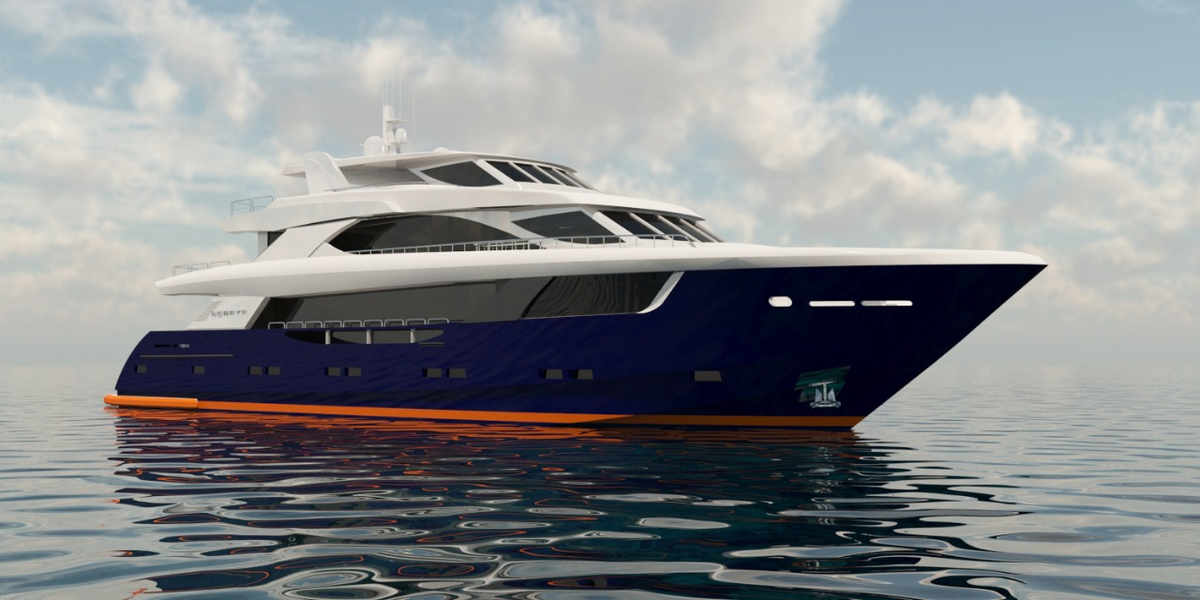
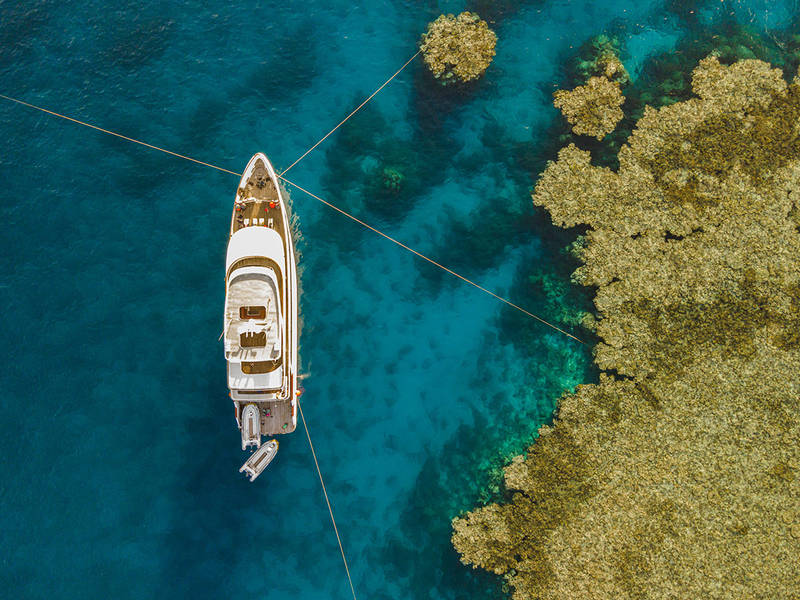
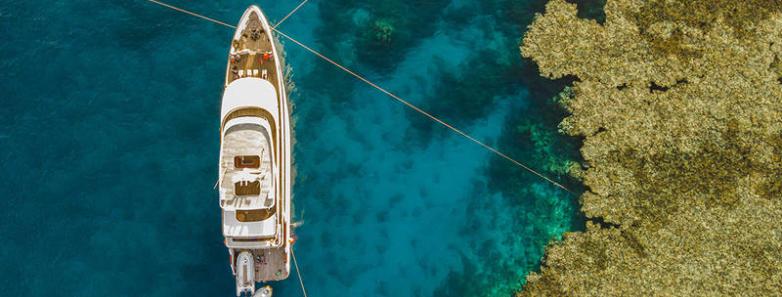
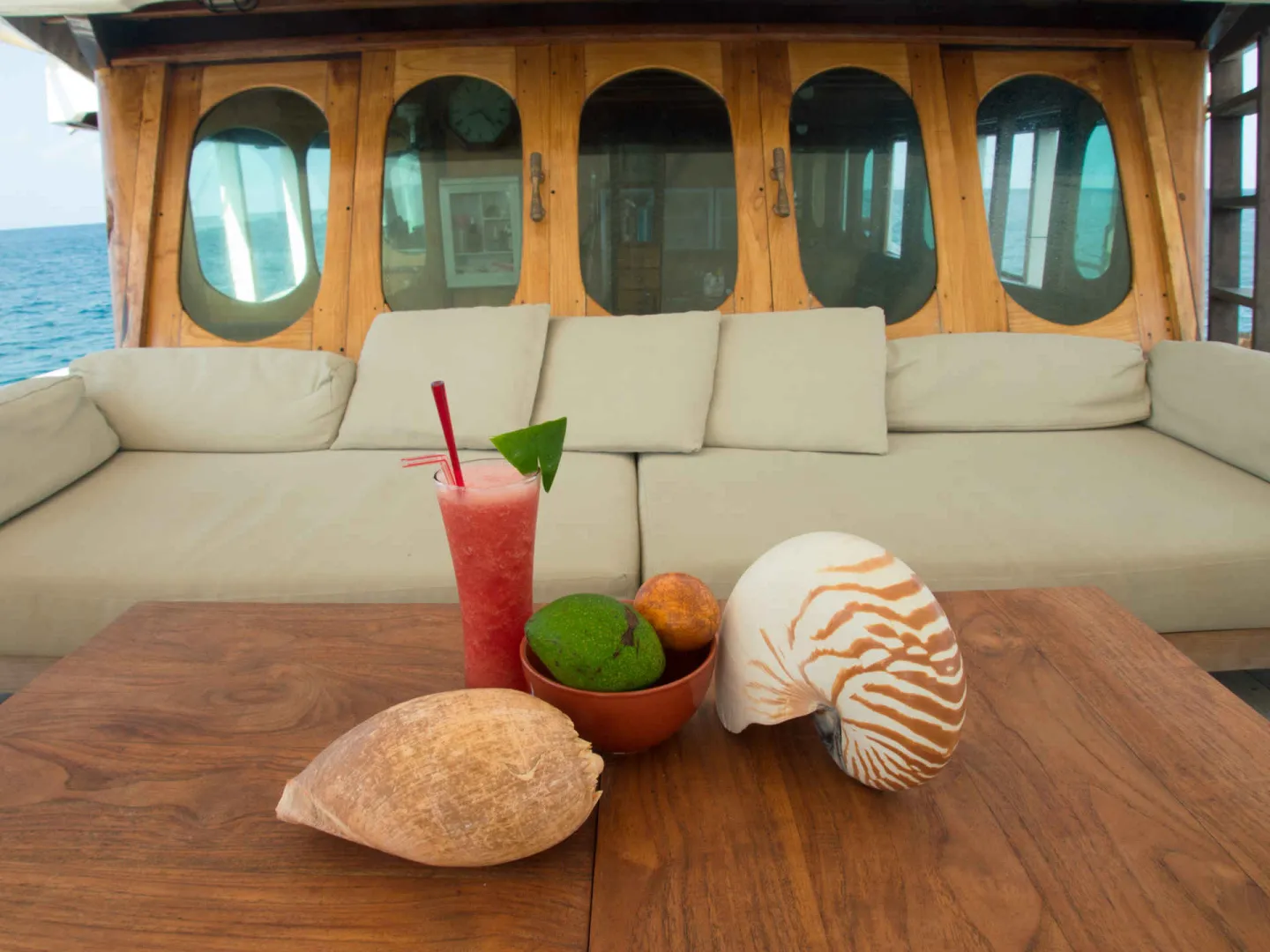
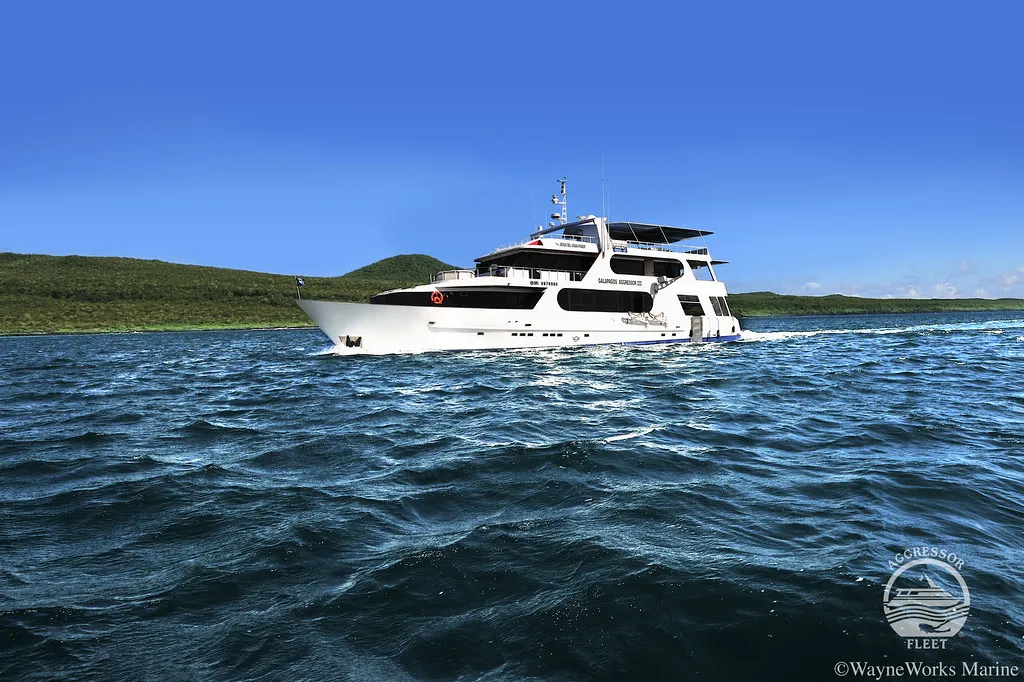
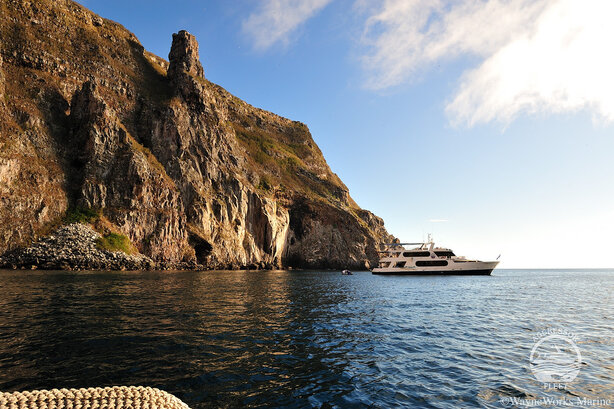
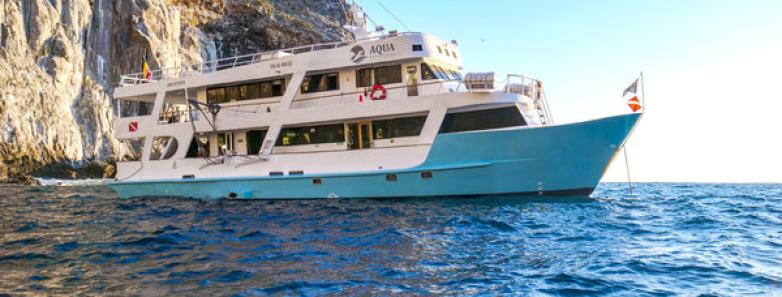
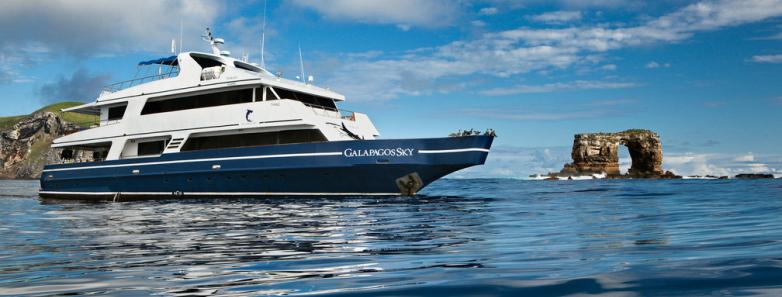
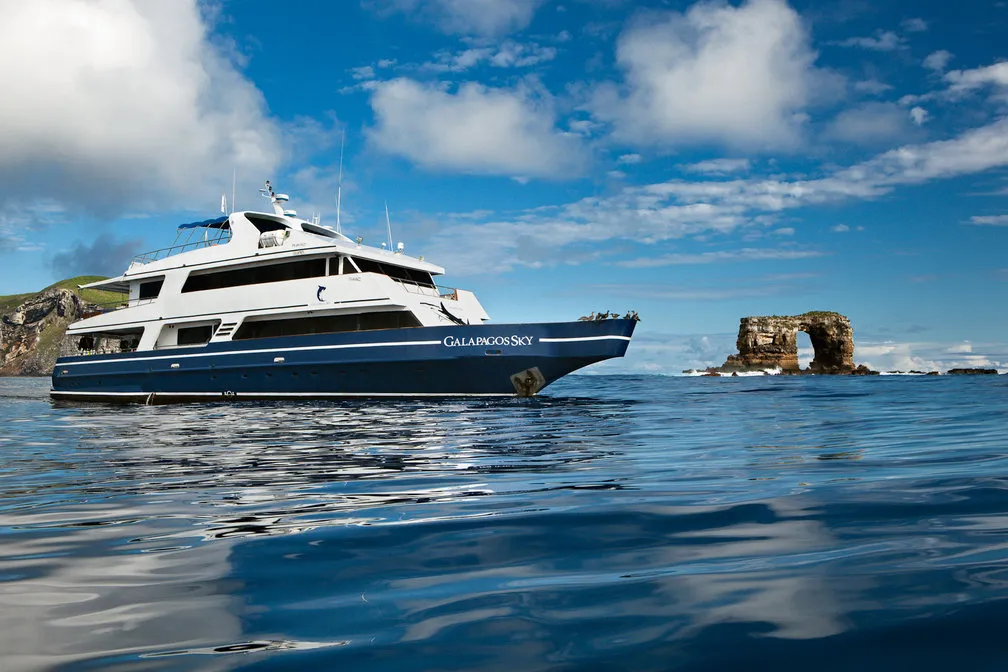

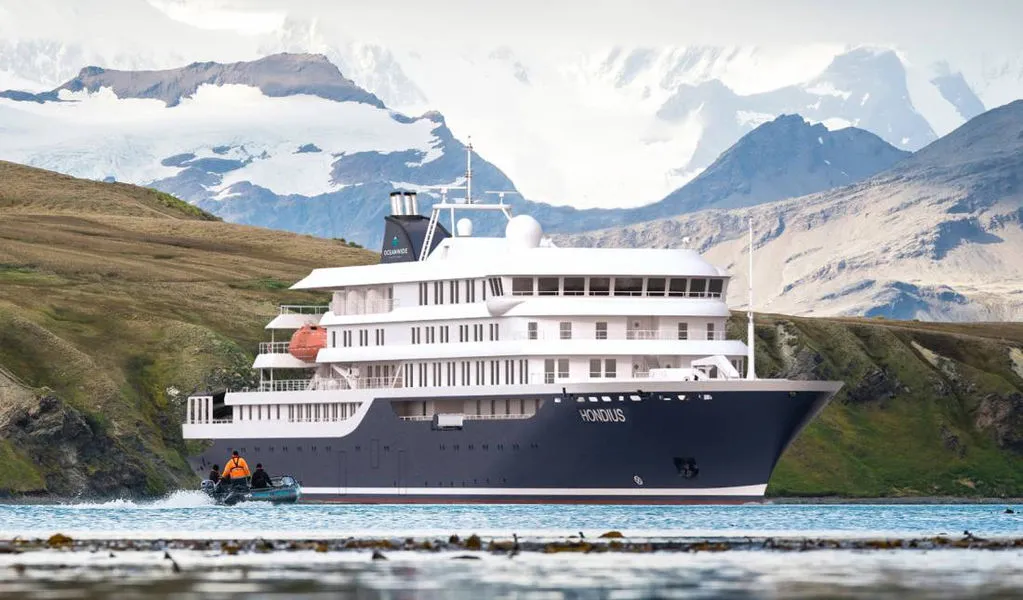
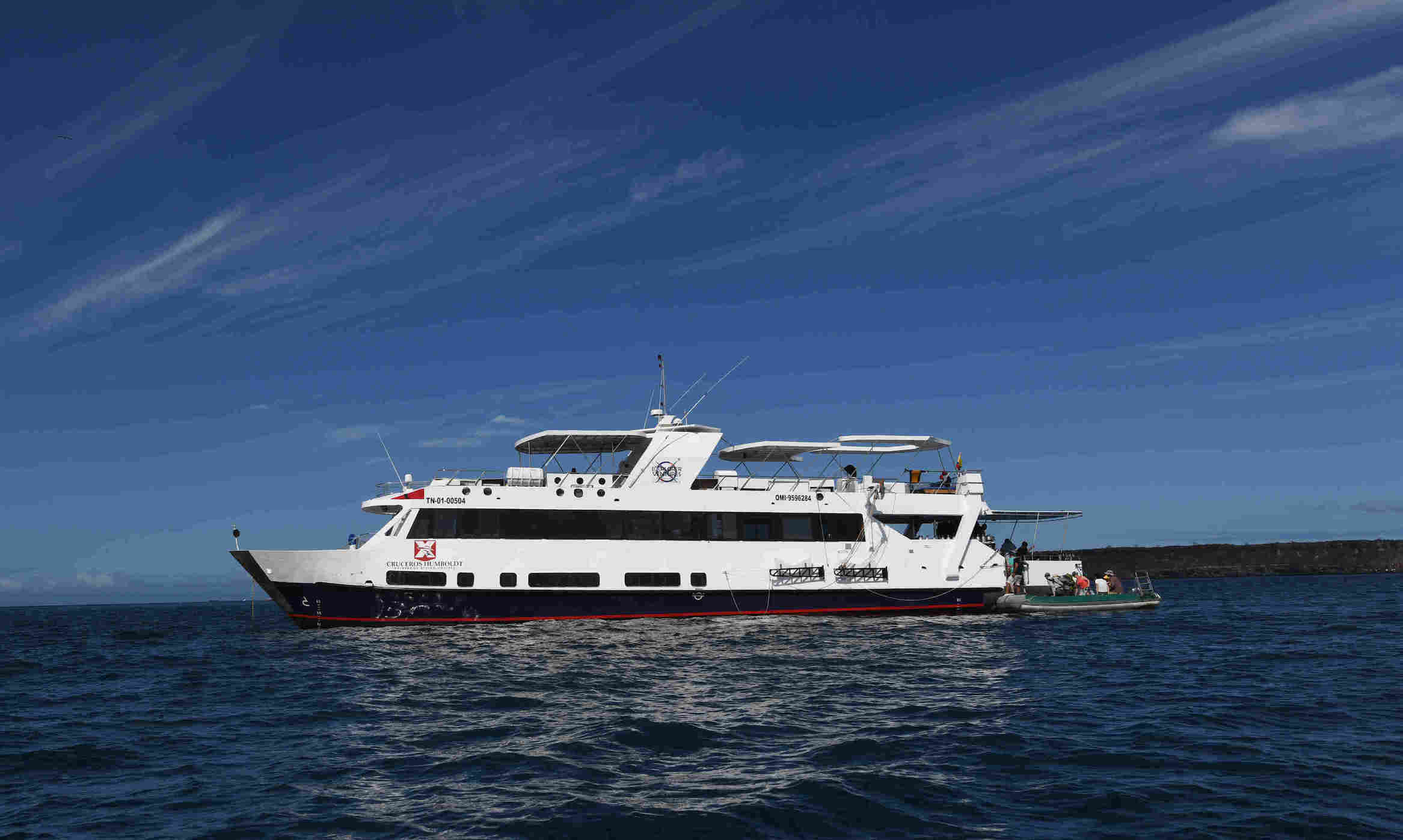
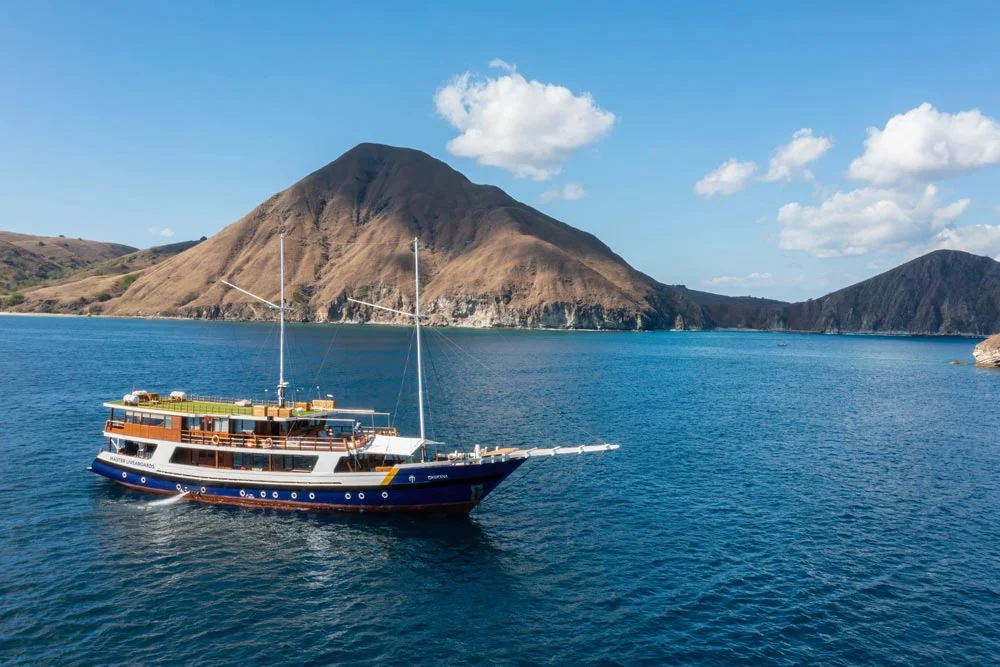
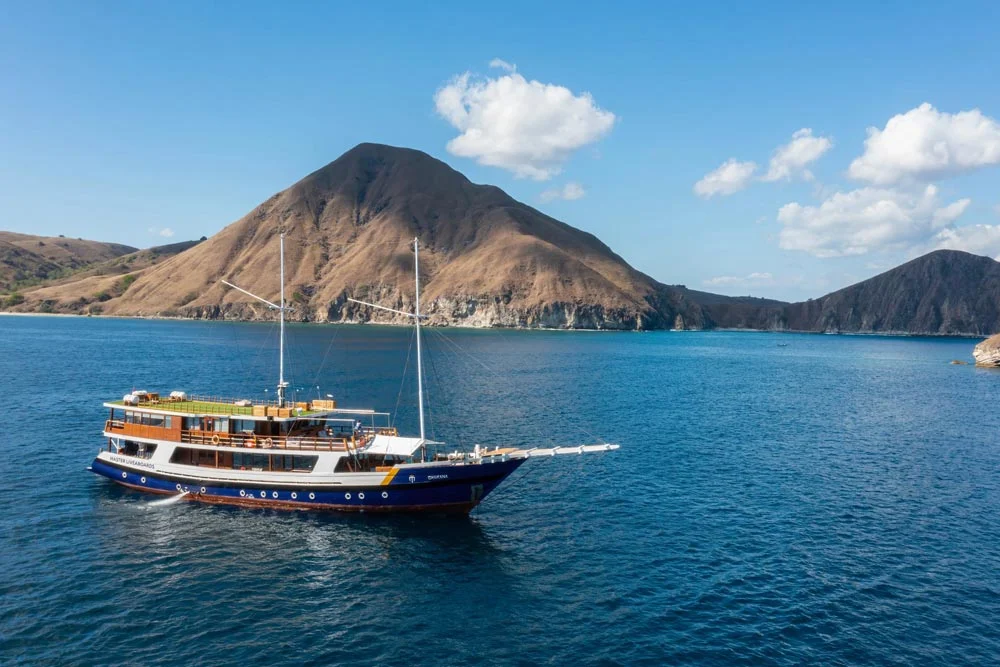


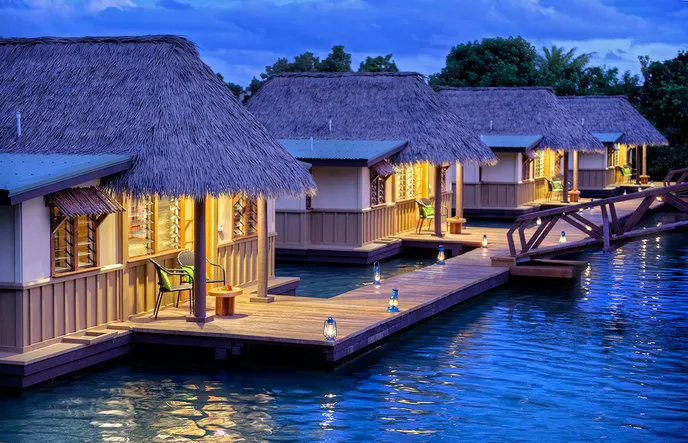
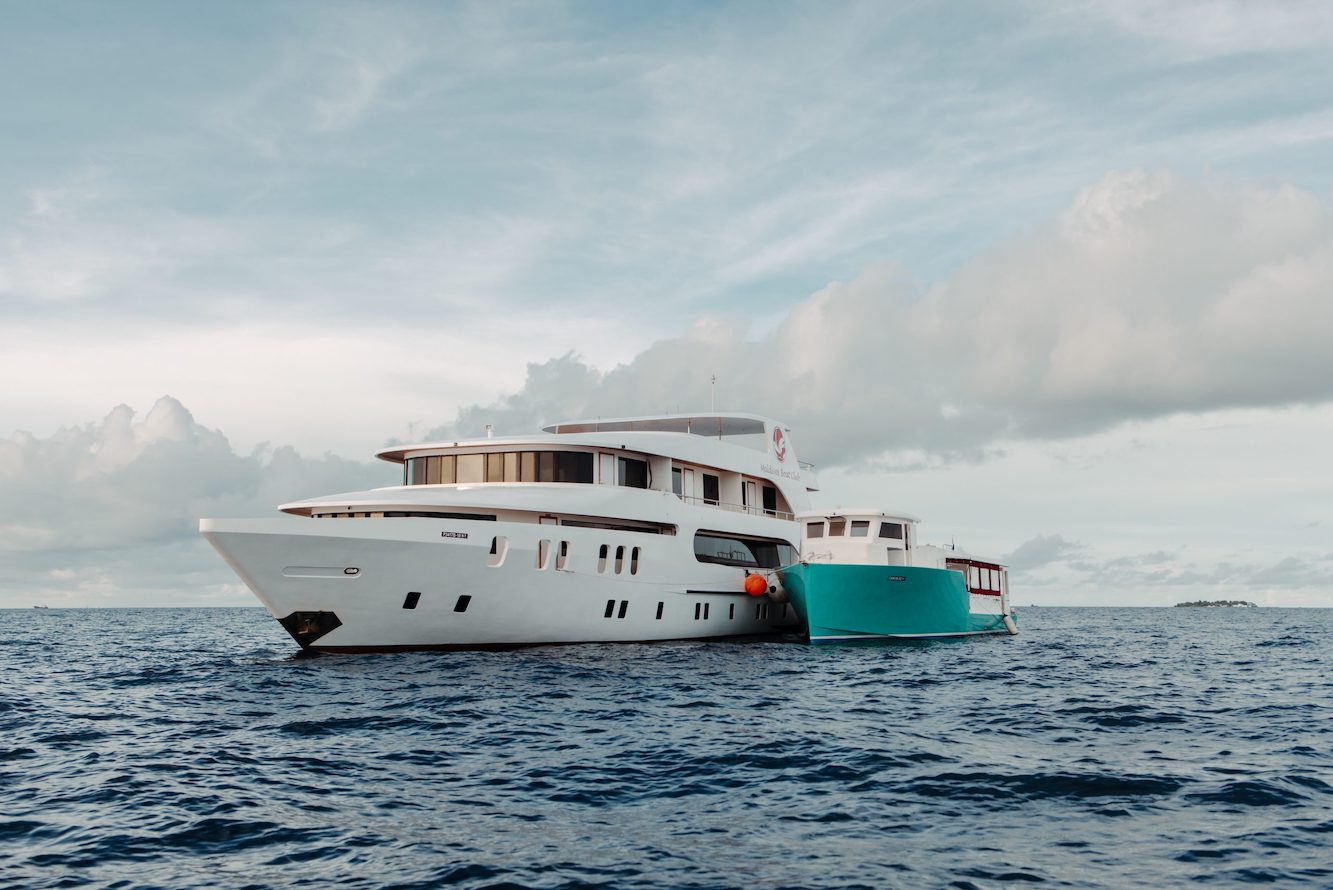
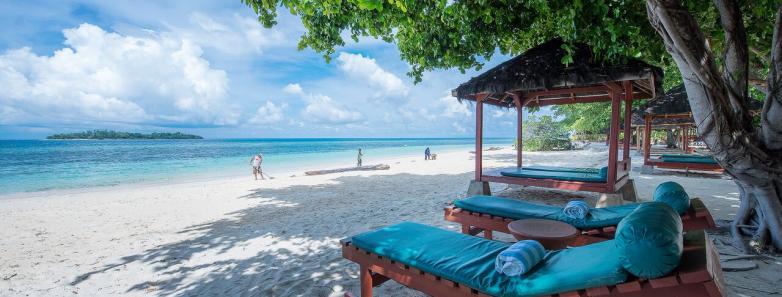
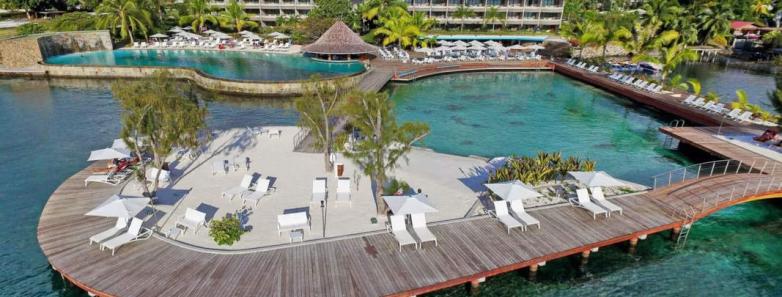
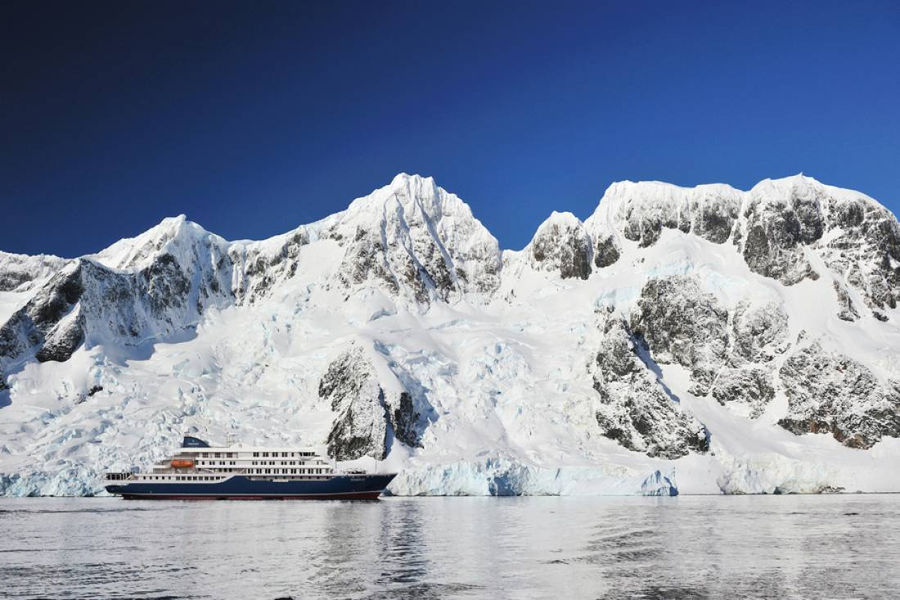


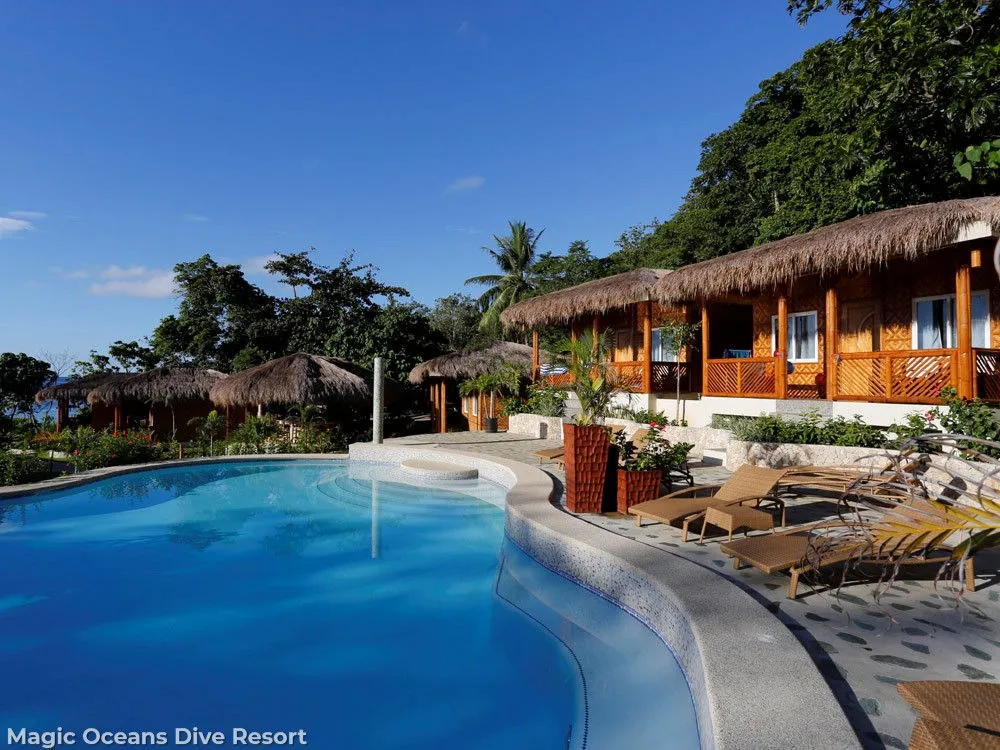
_800x544-optimized_1743009191.webp)

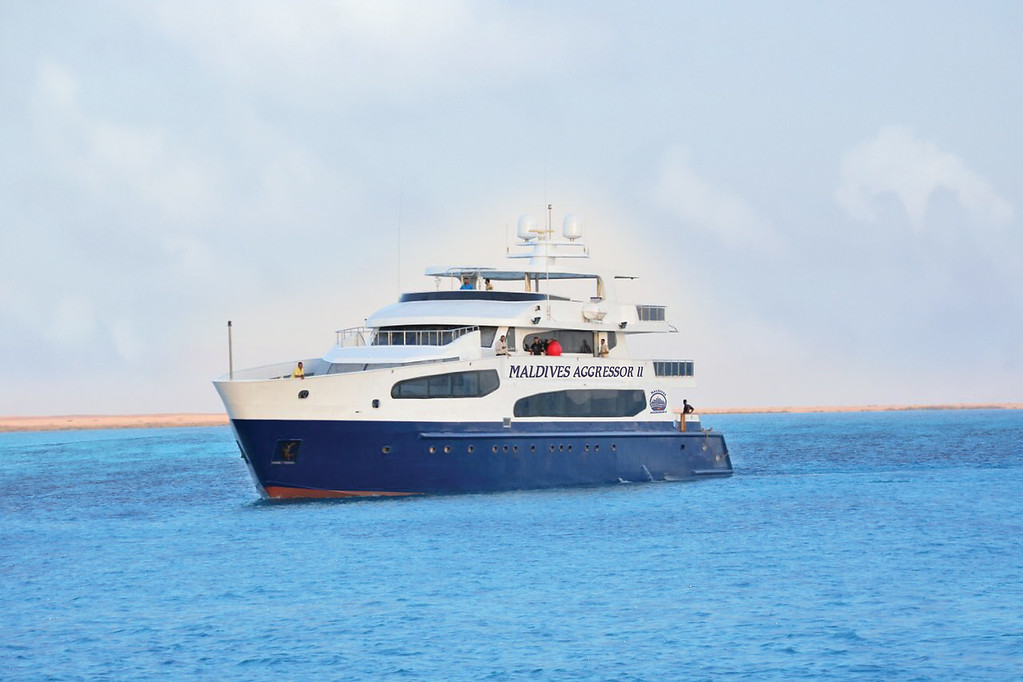
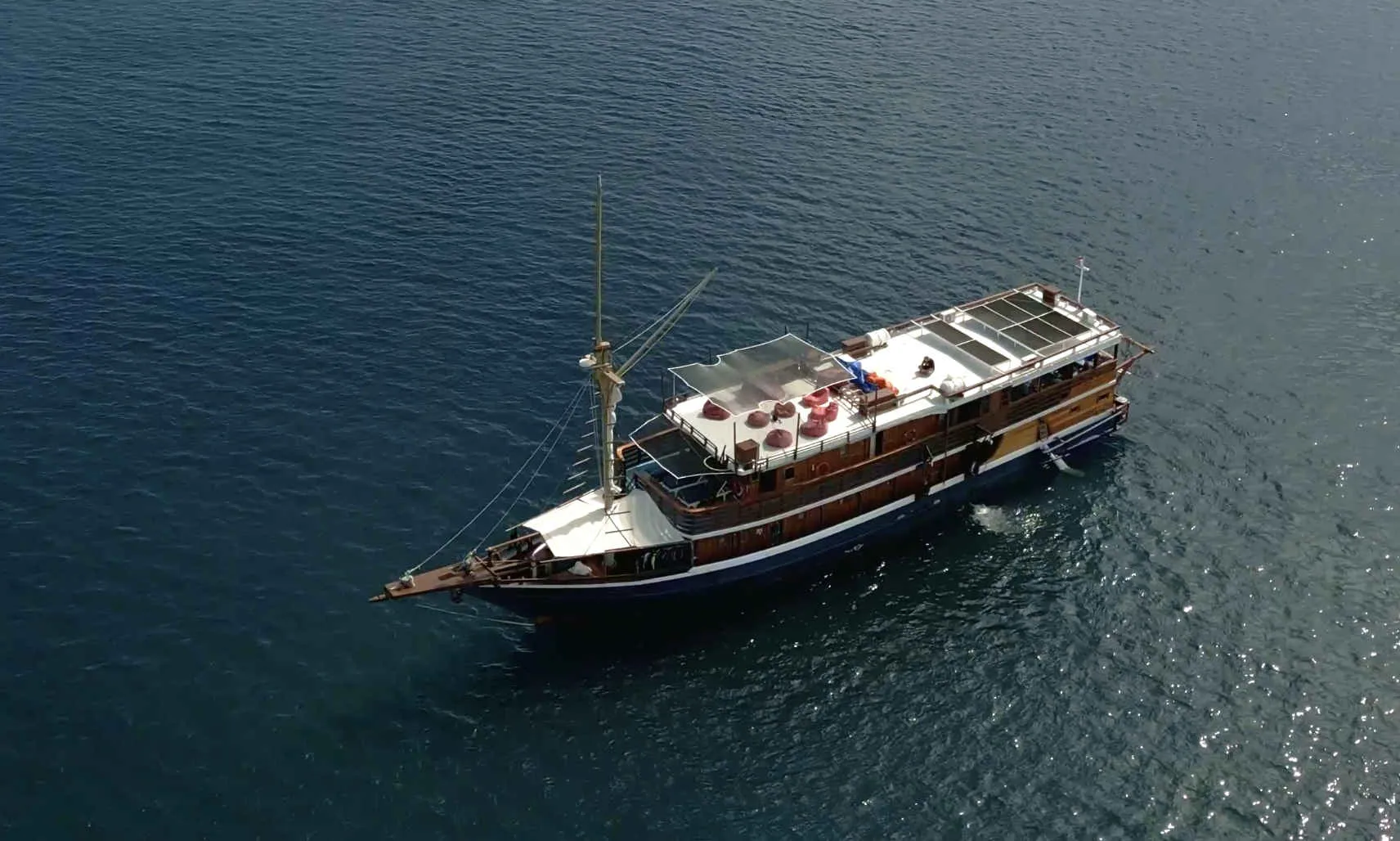
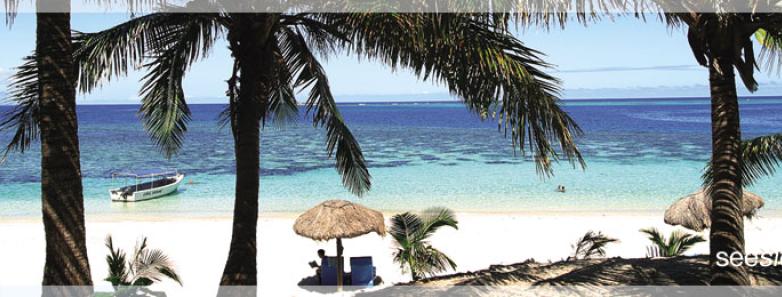
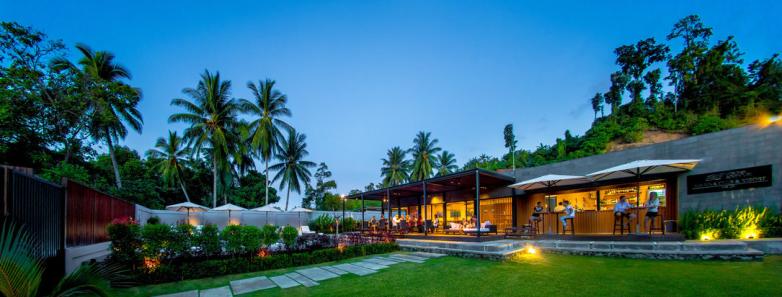
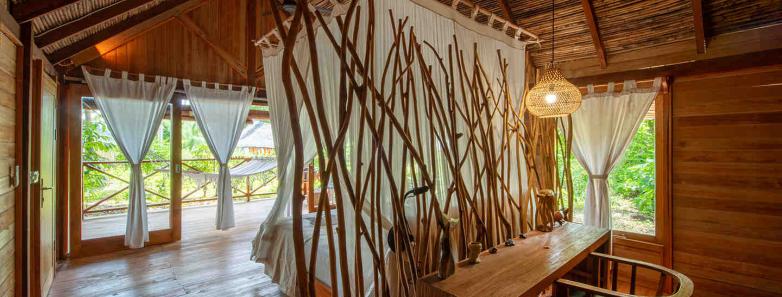
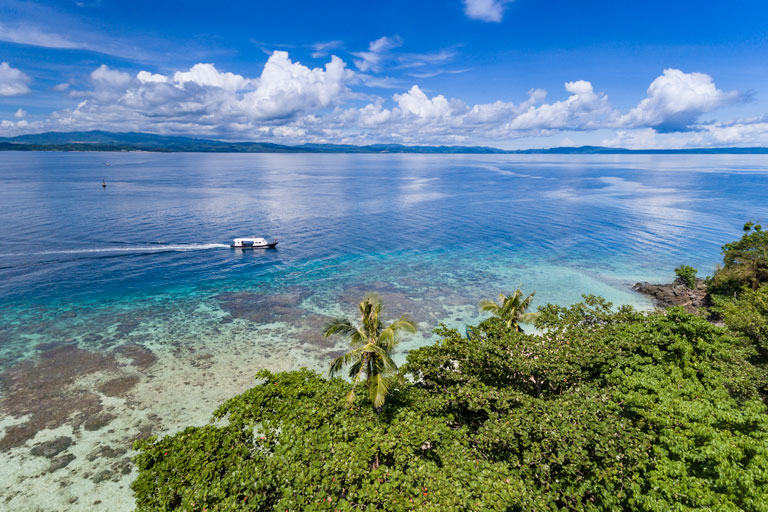
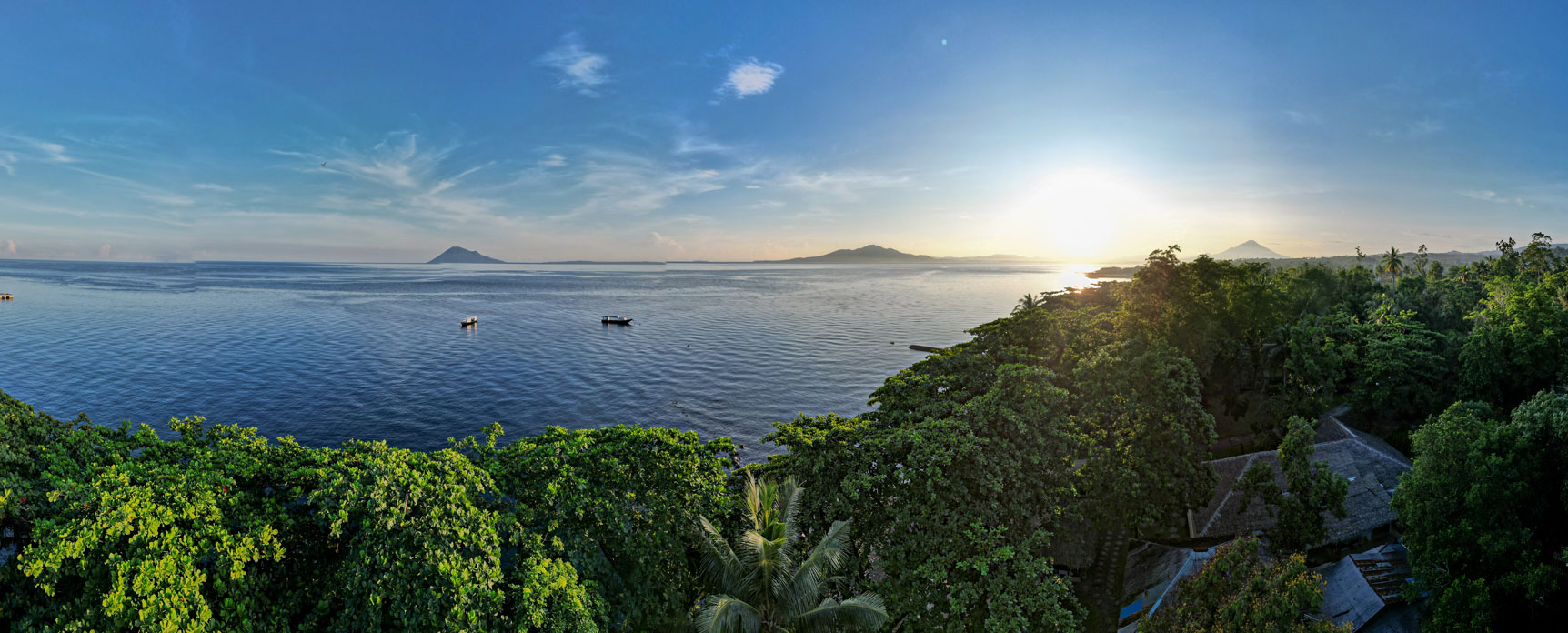
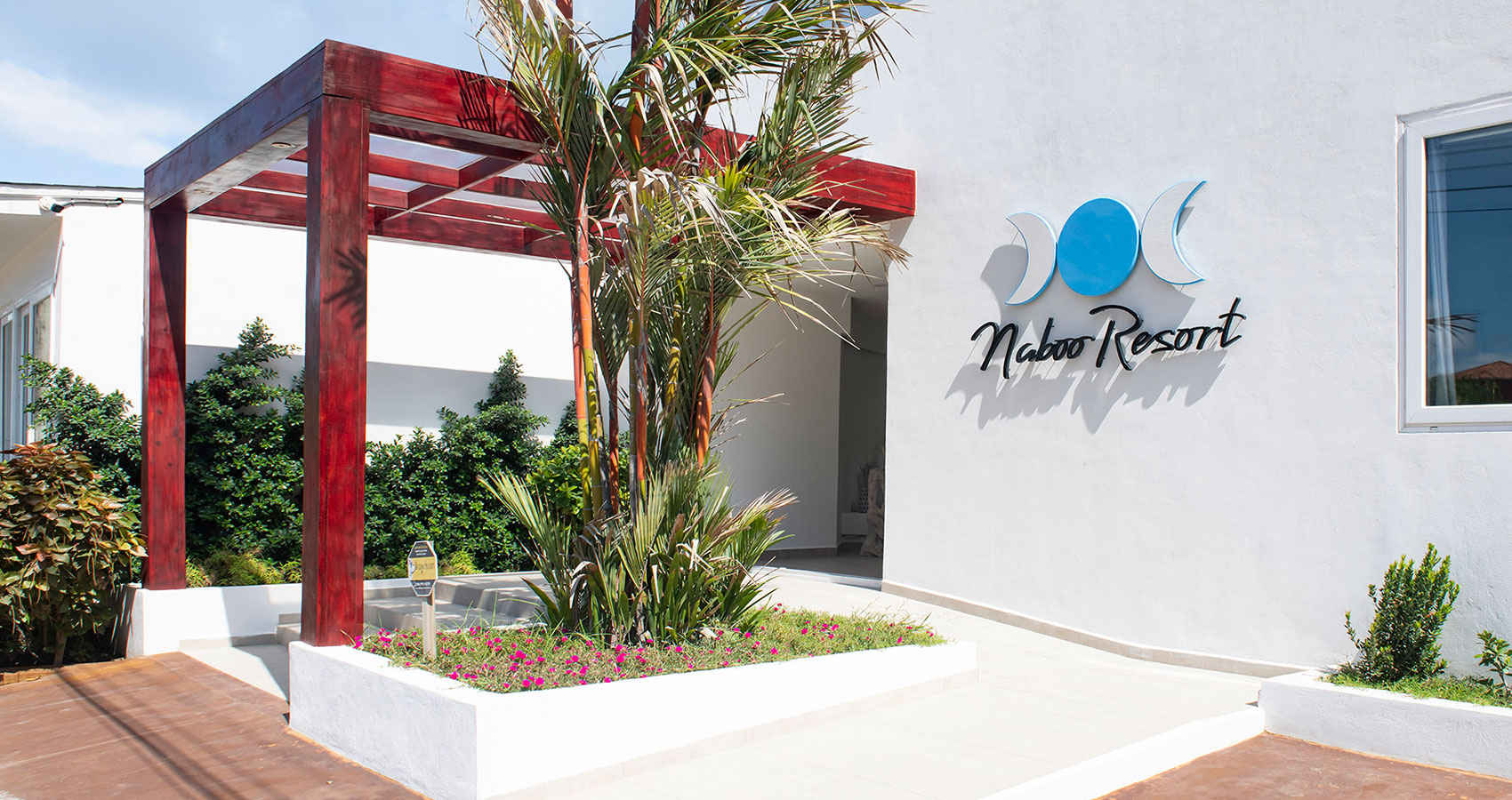
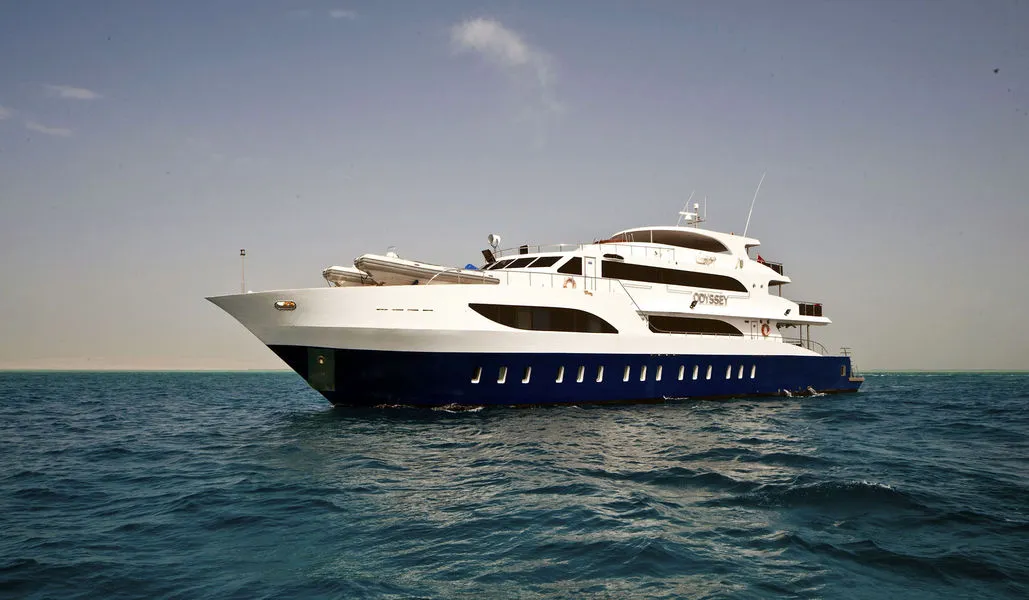
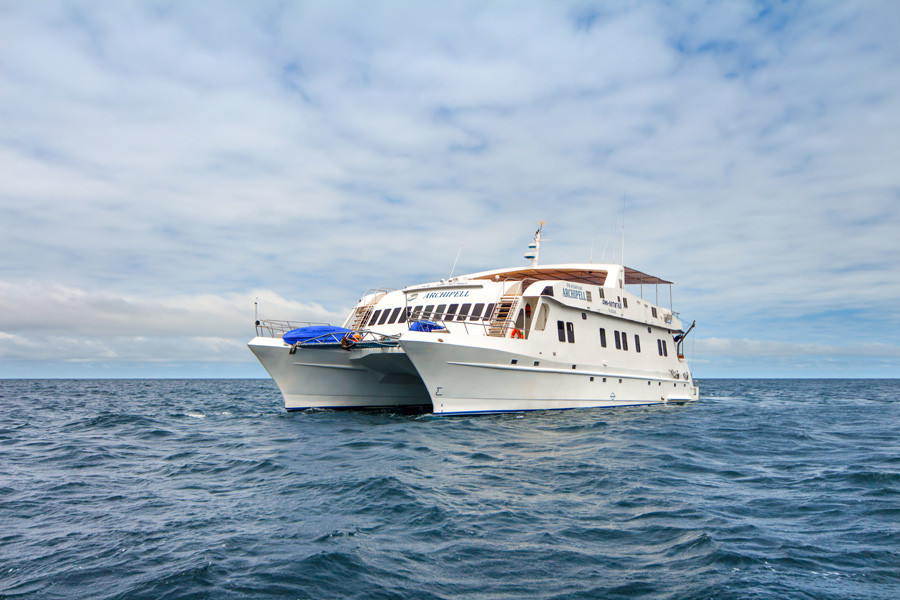
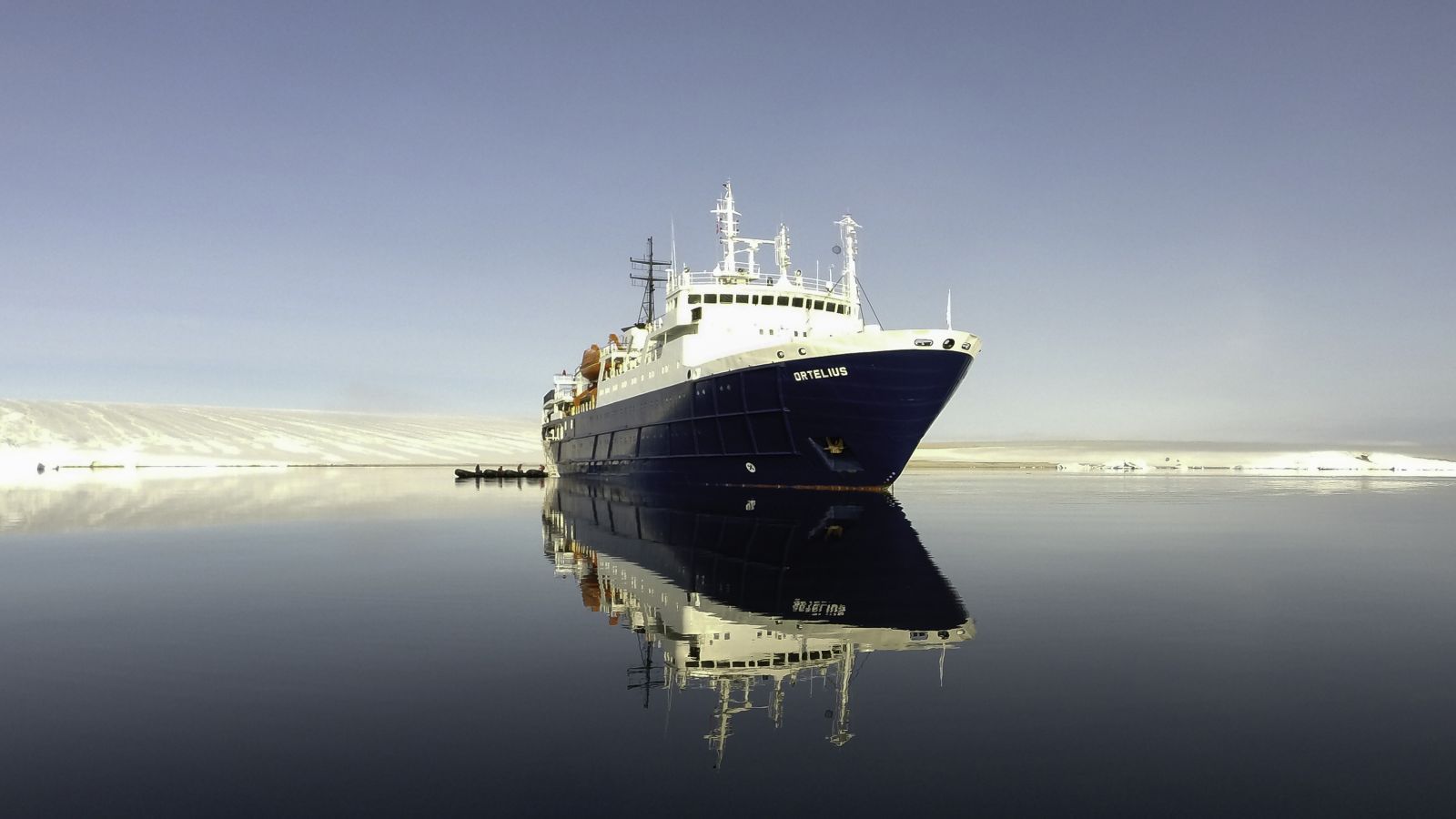
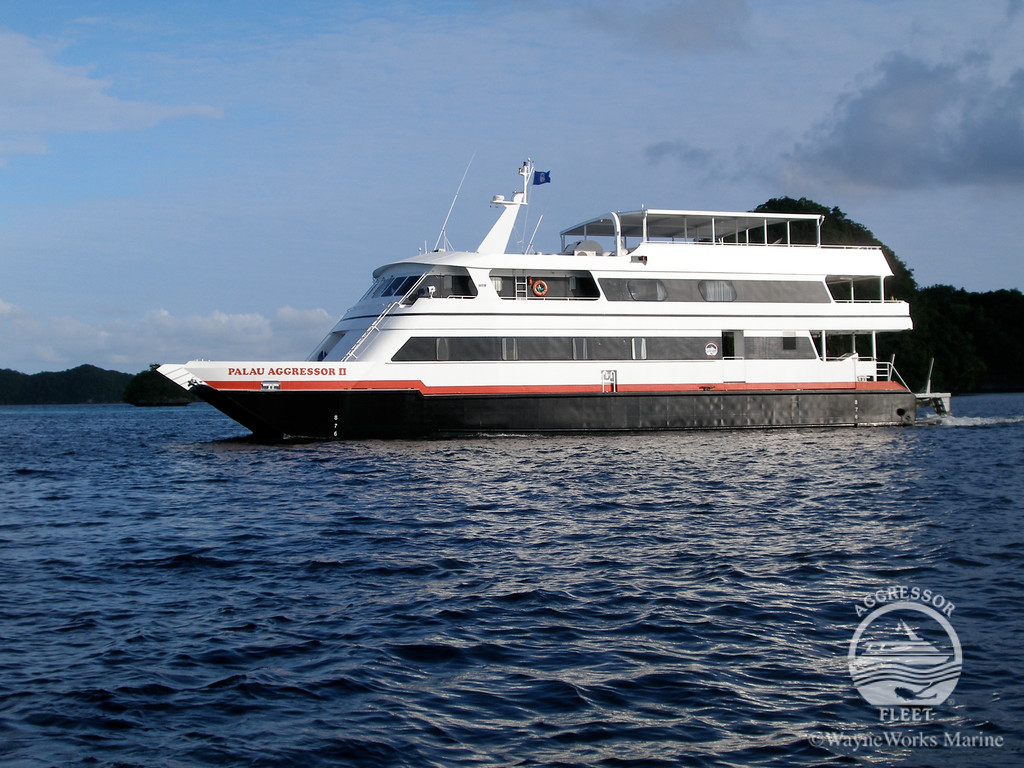
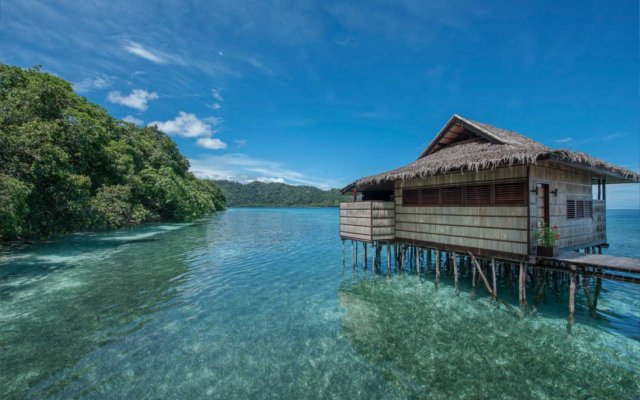
_Robert_van_Poppelen_Plancius_at_Booth_Island_3-optimized_1743203609.webp)


